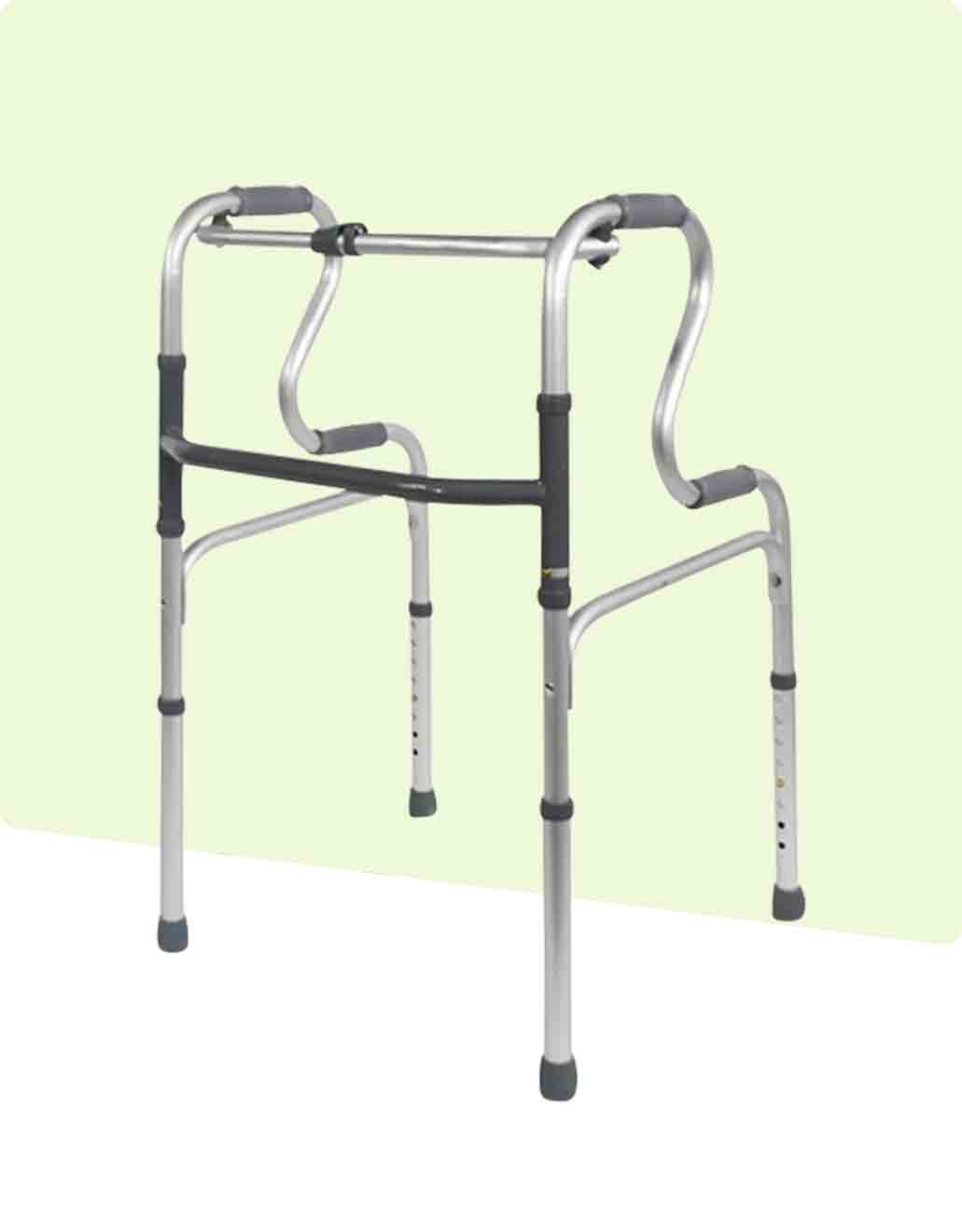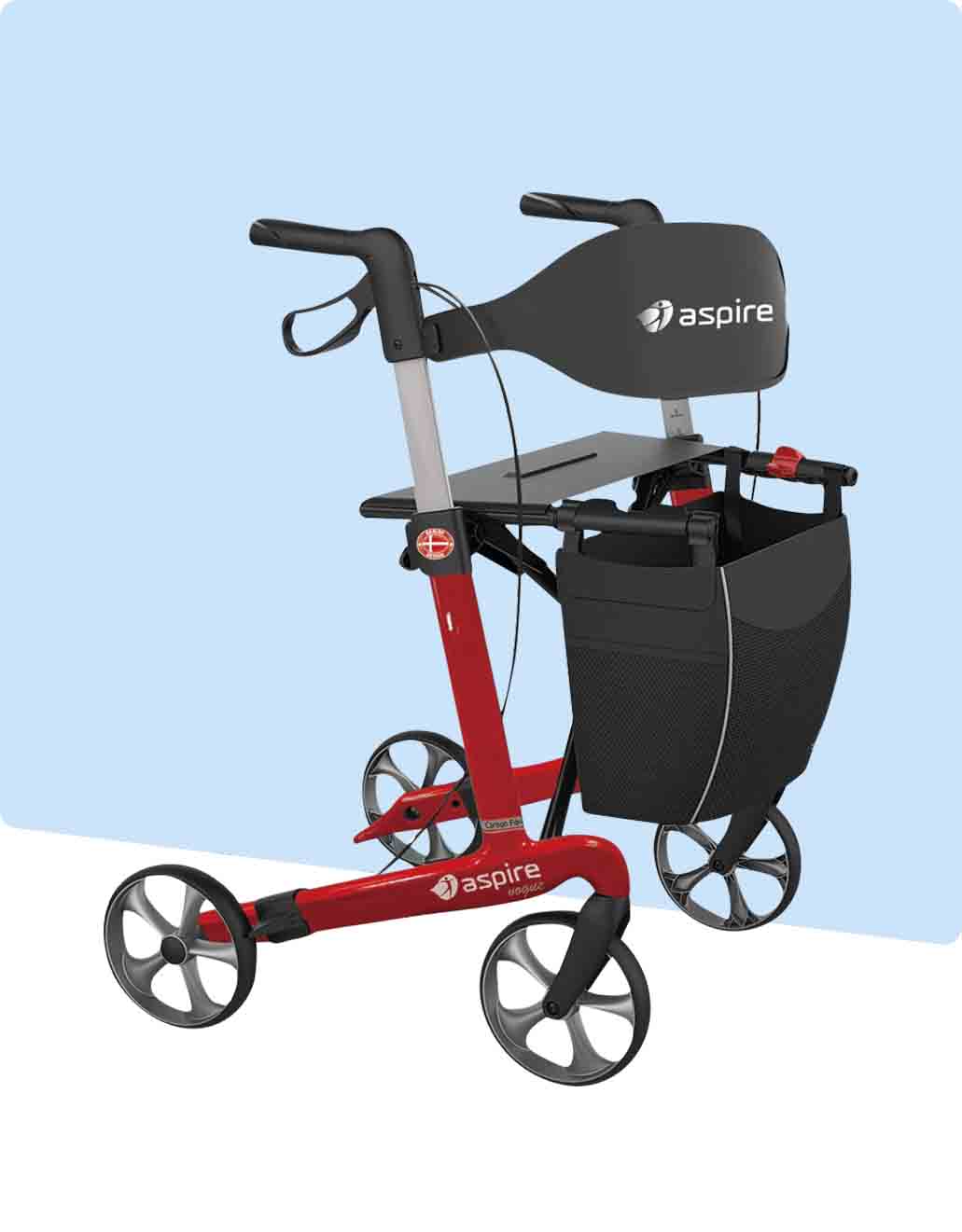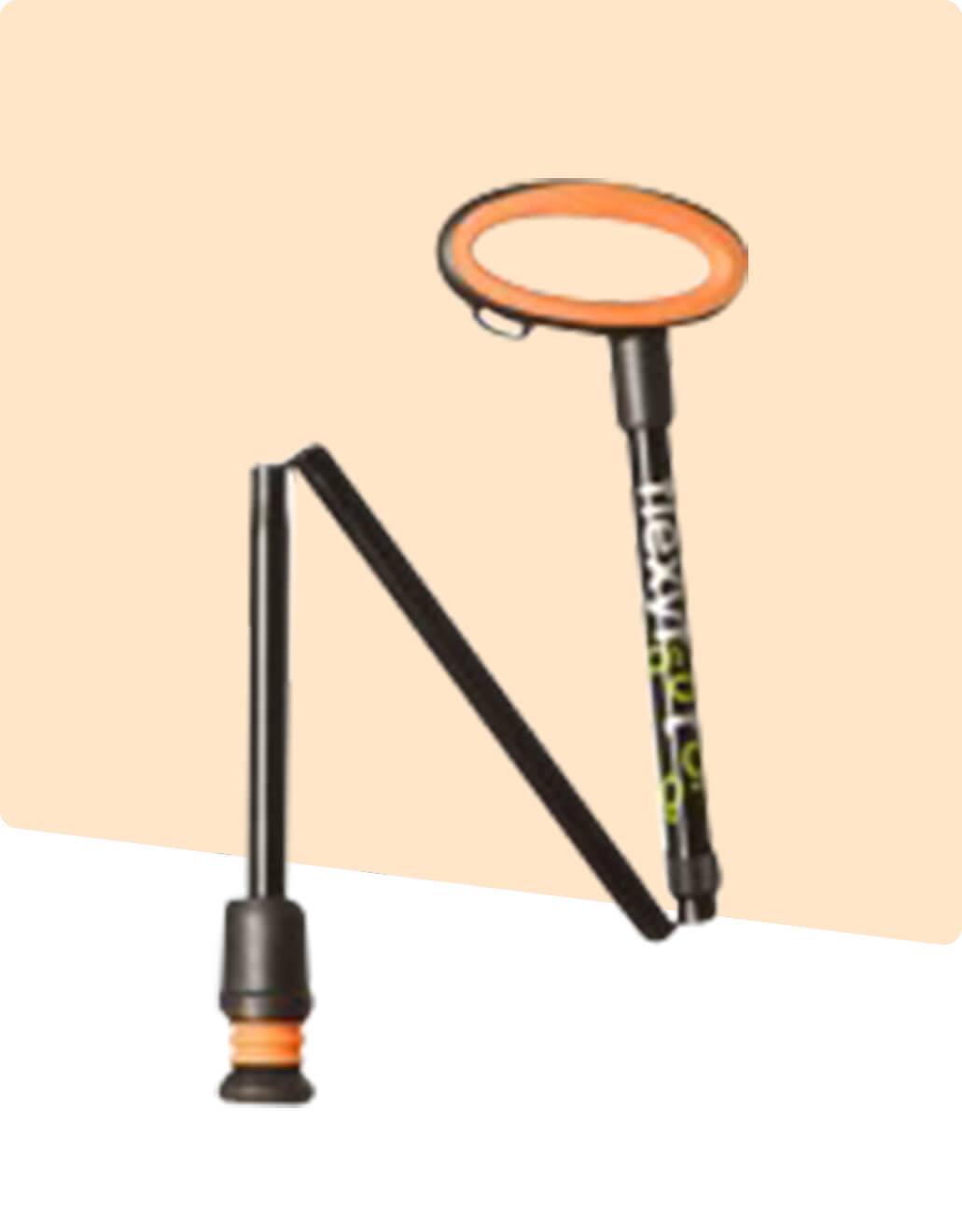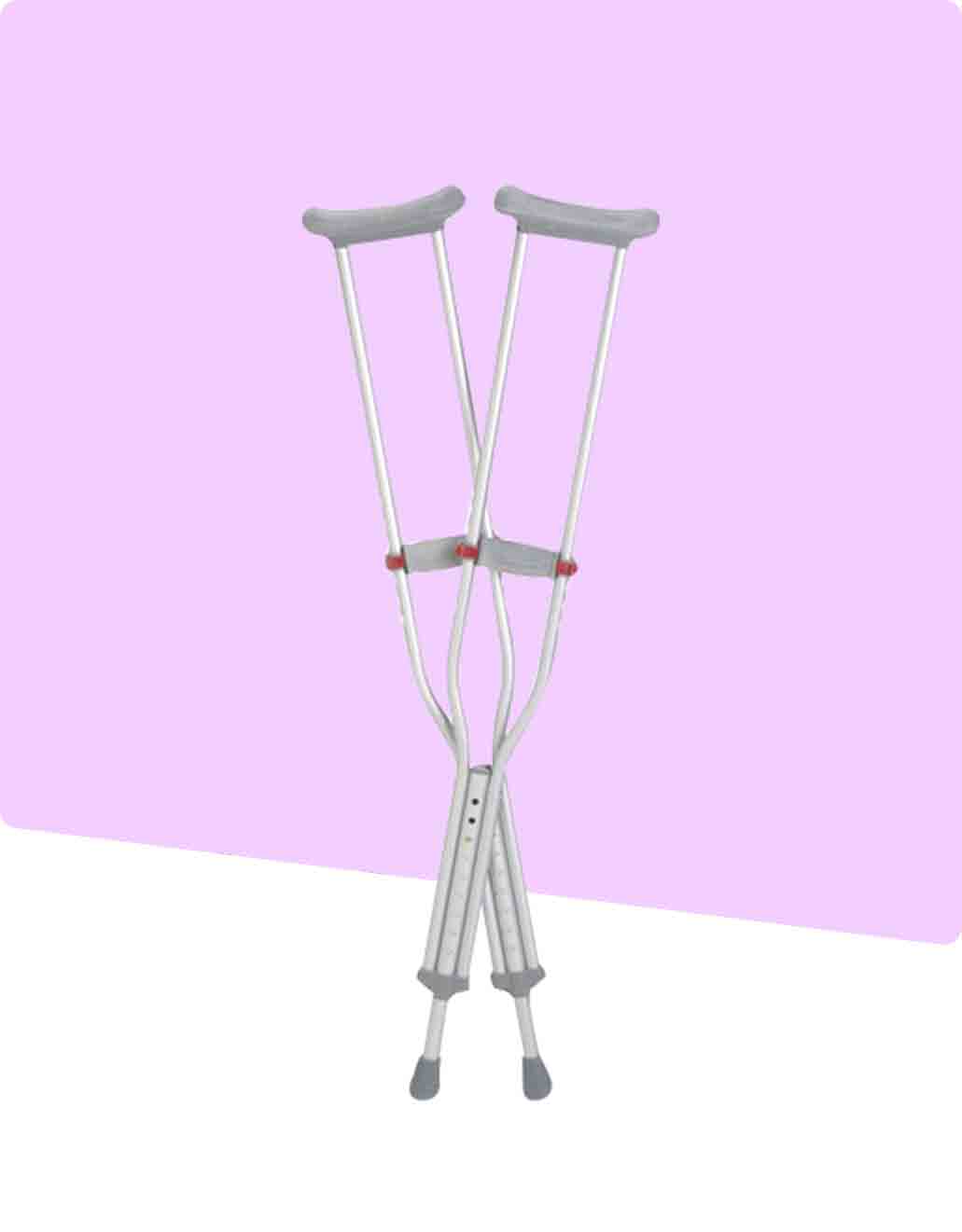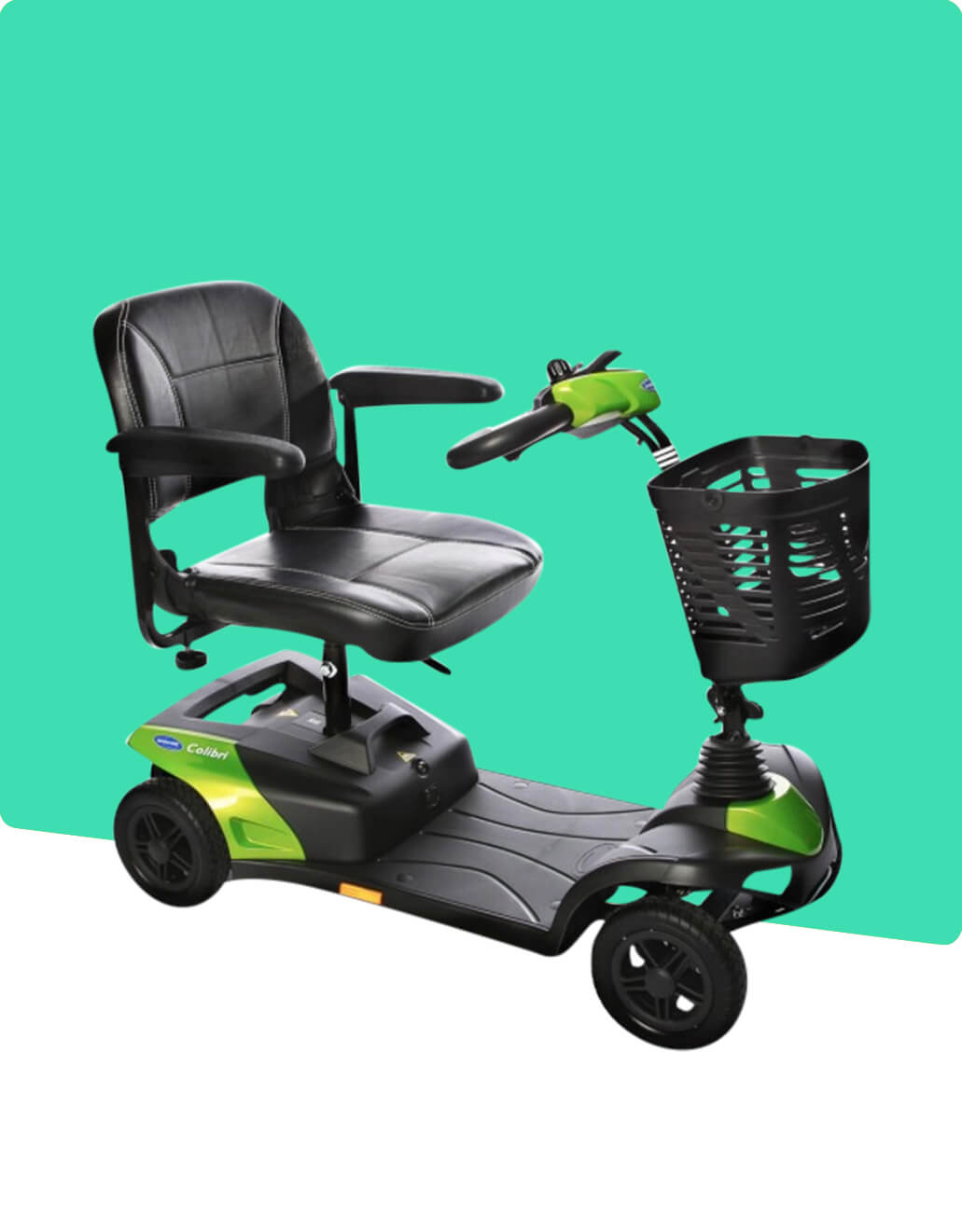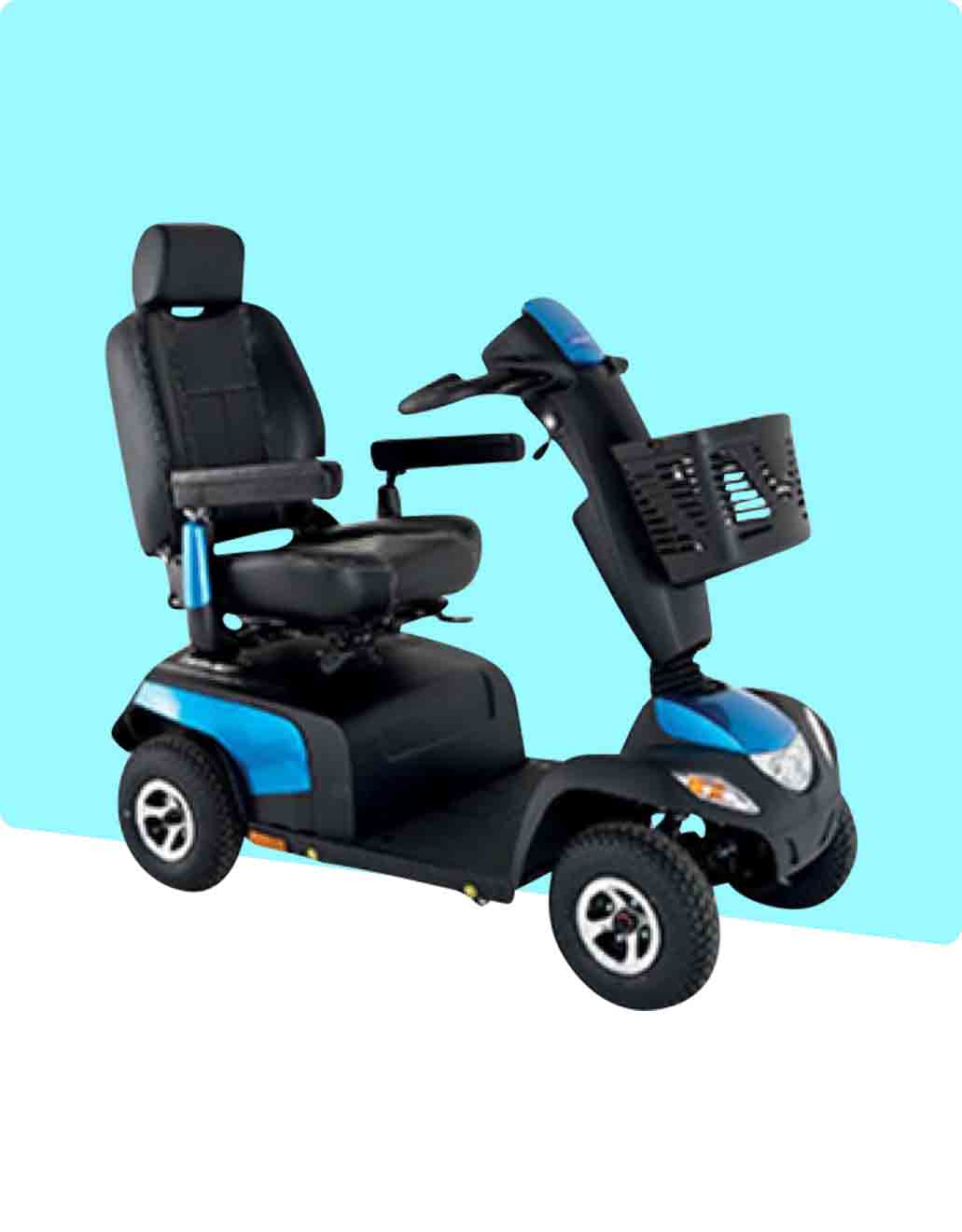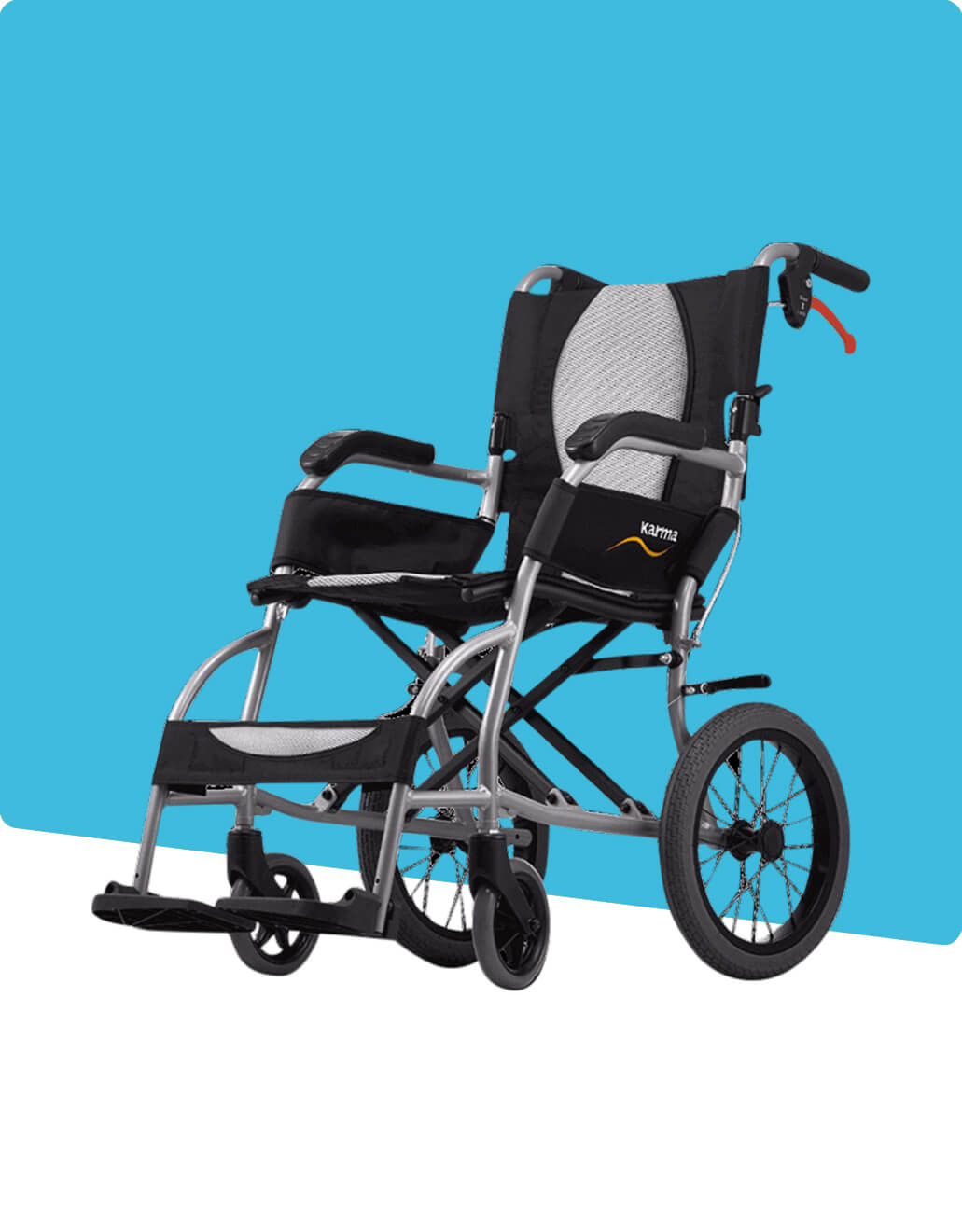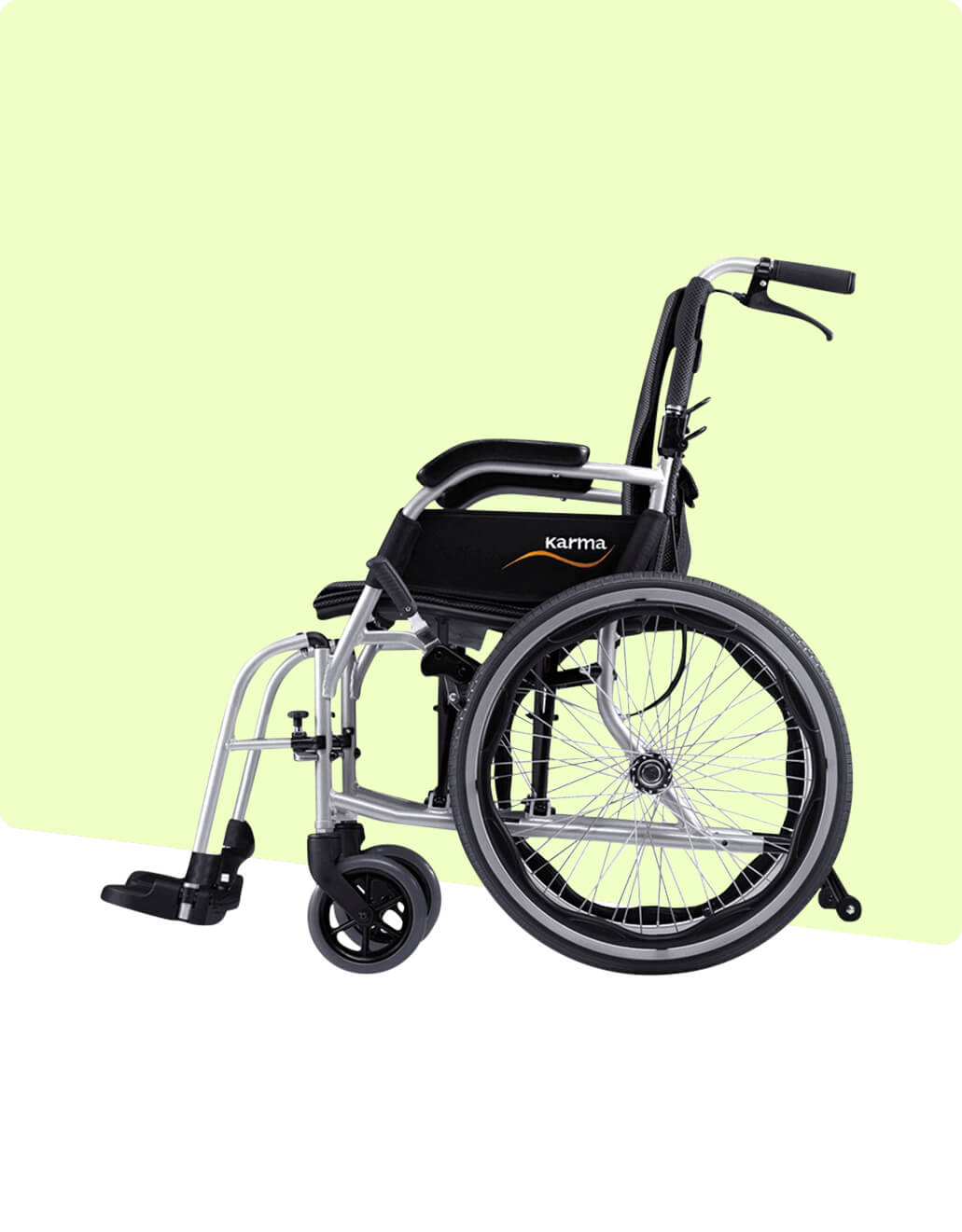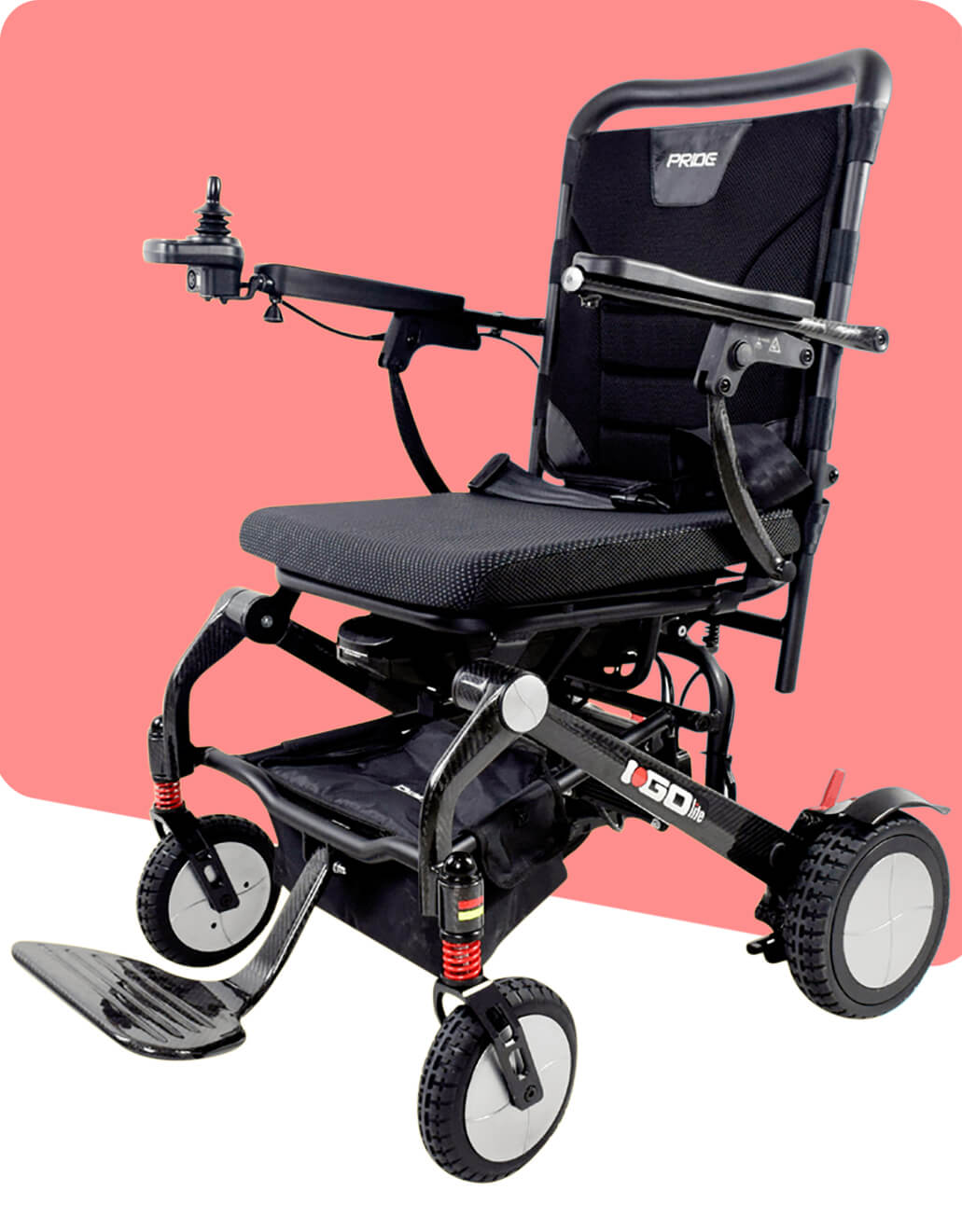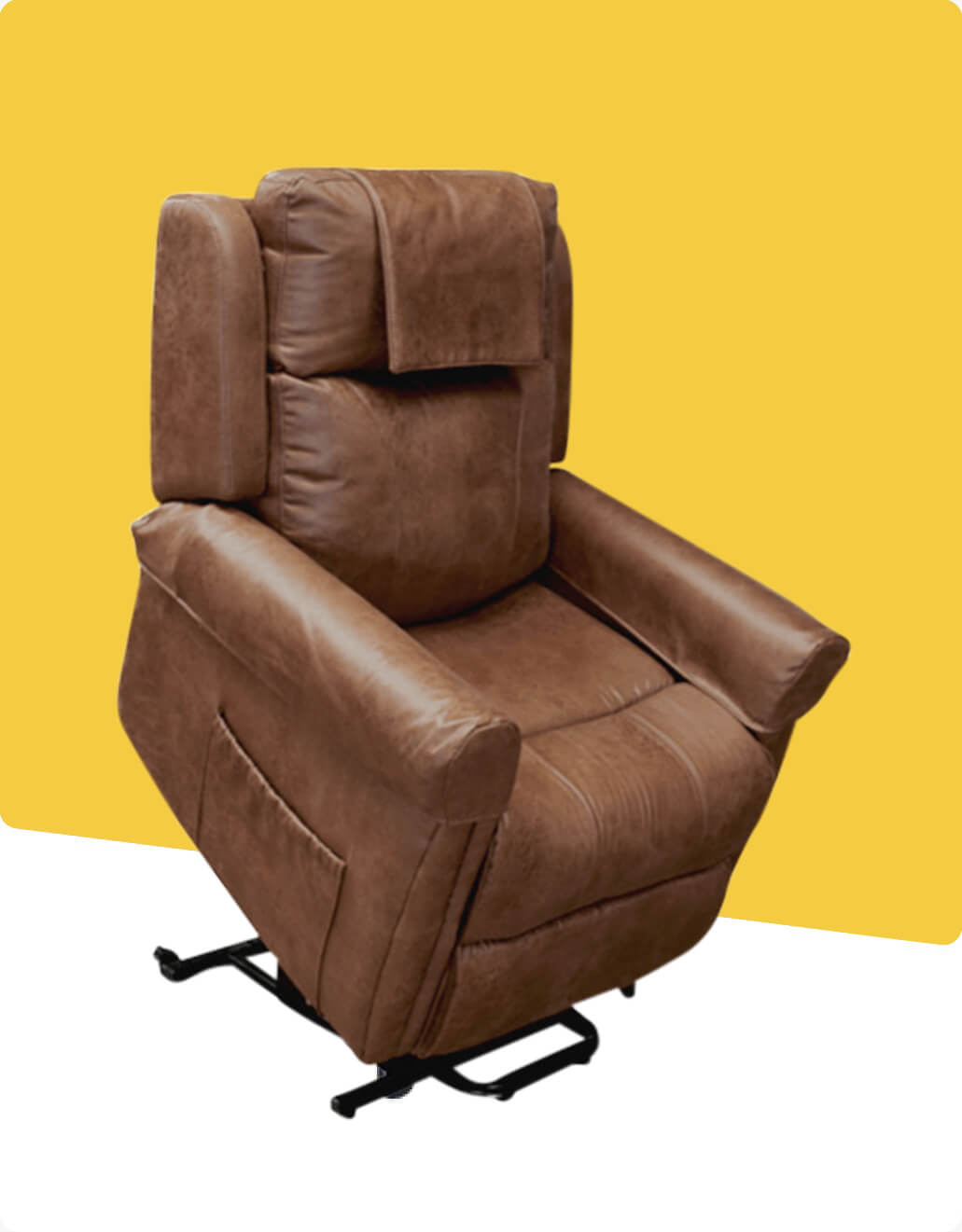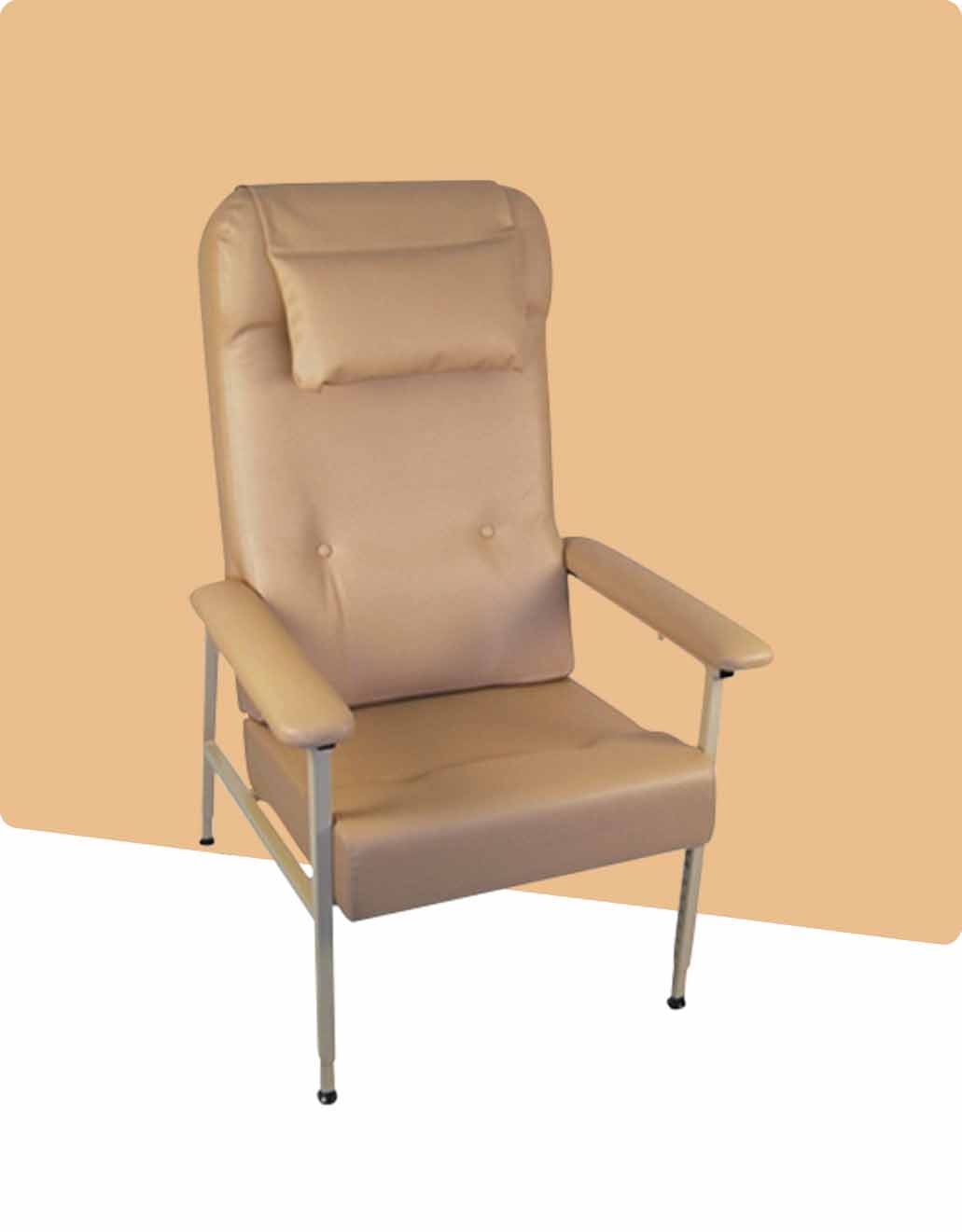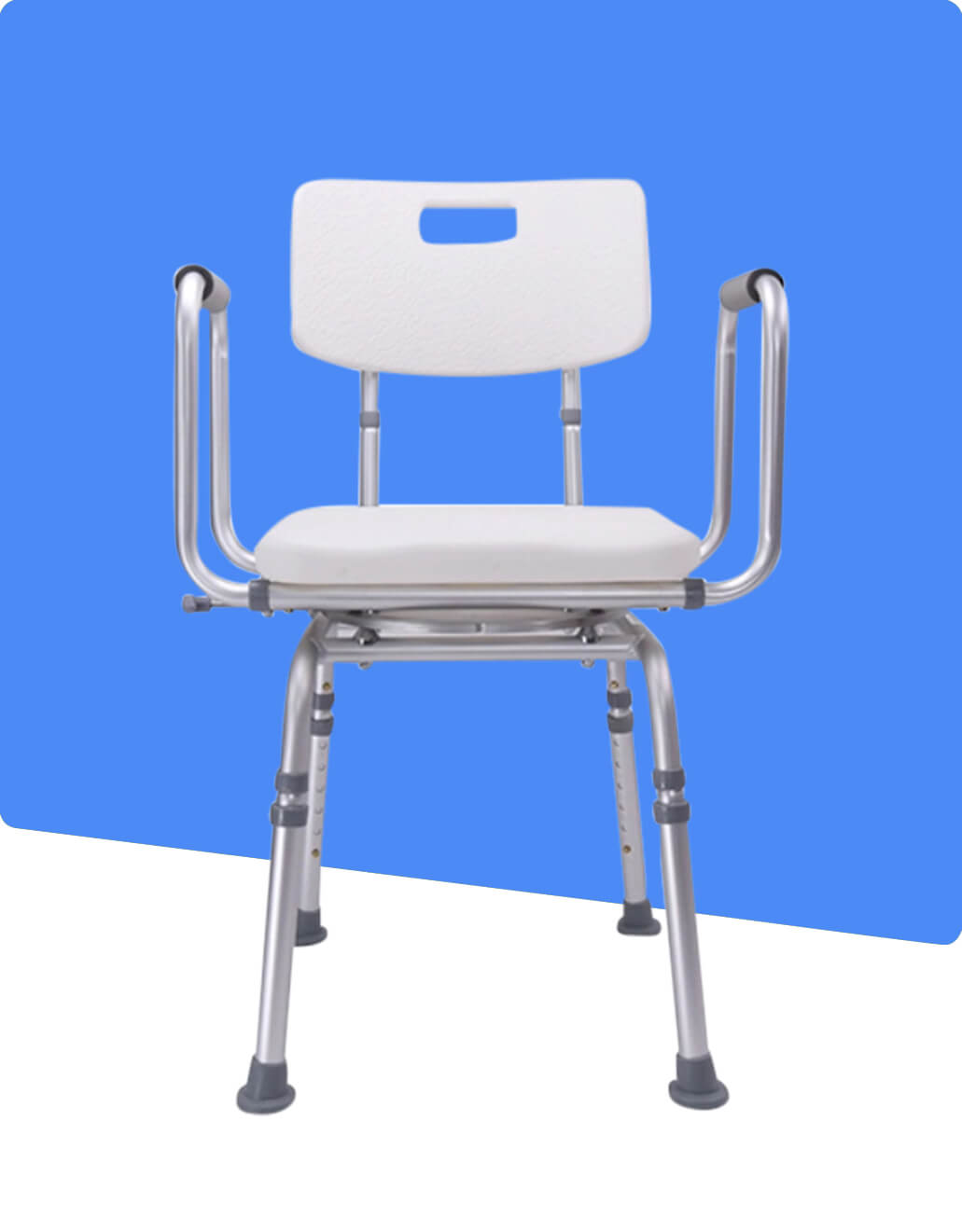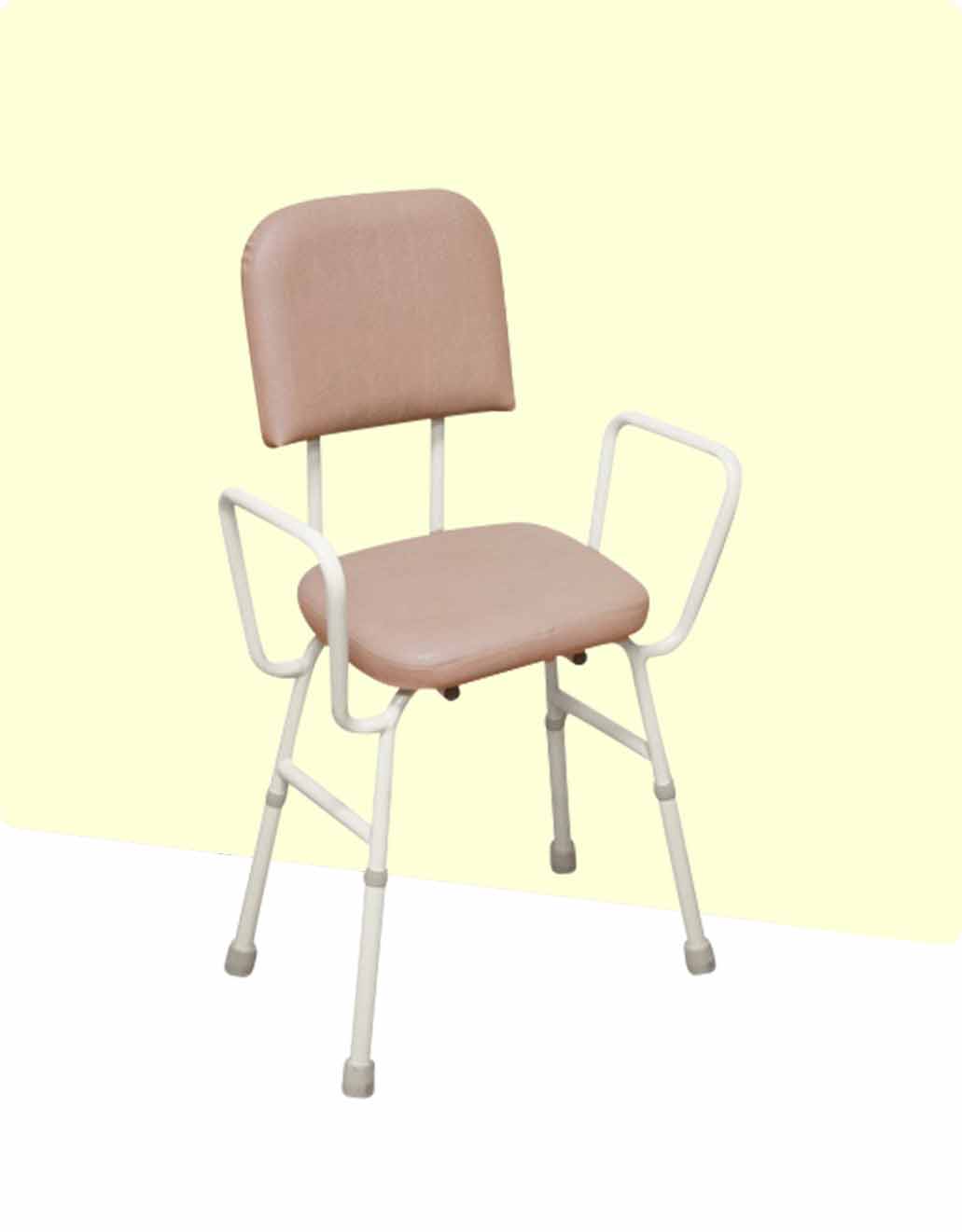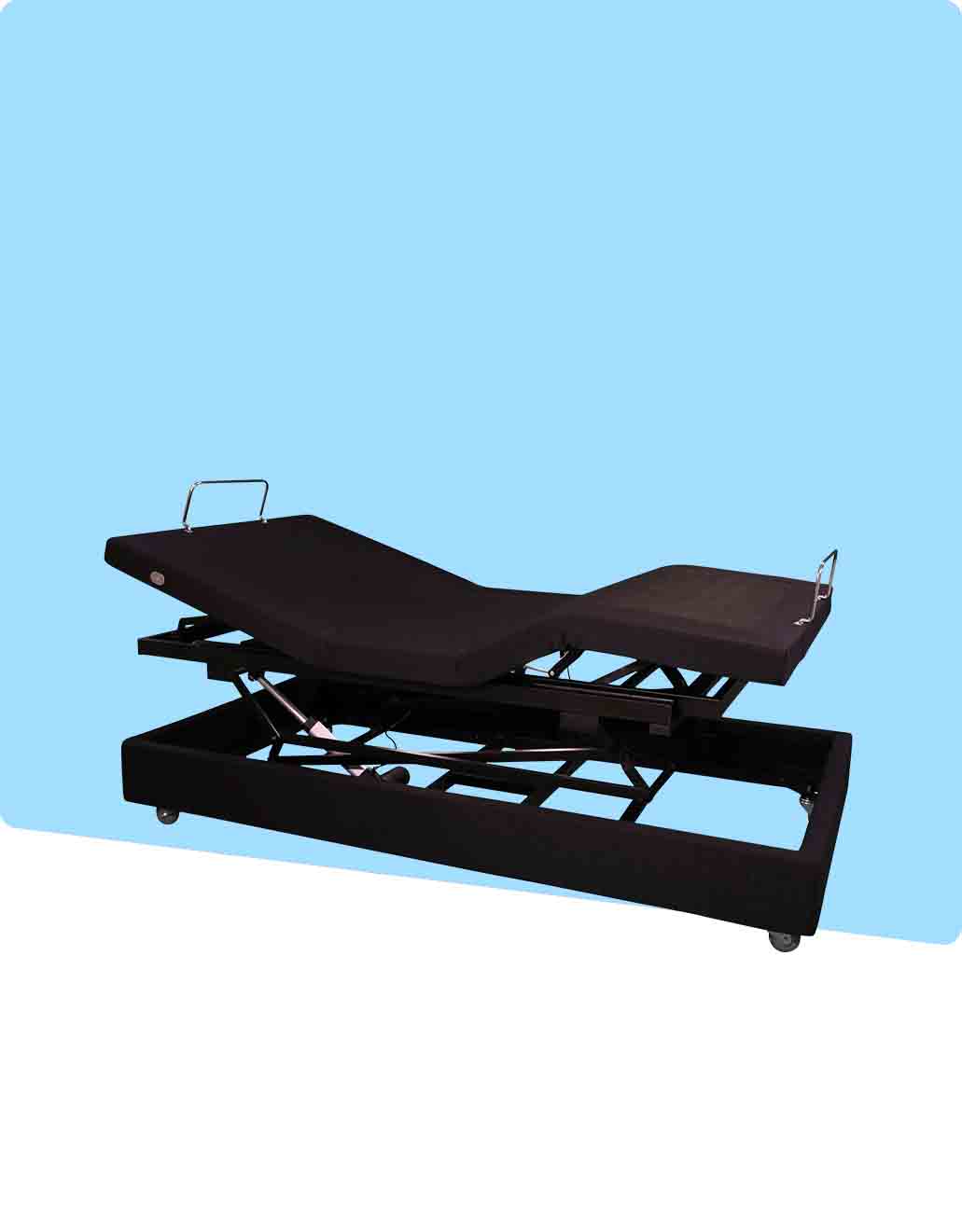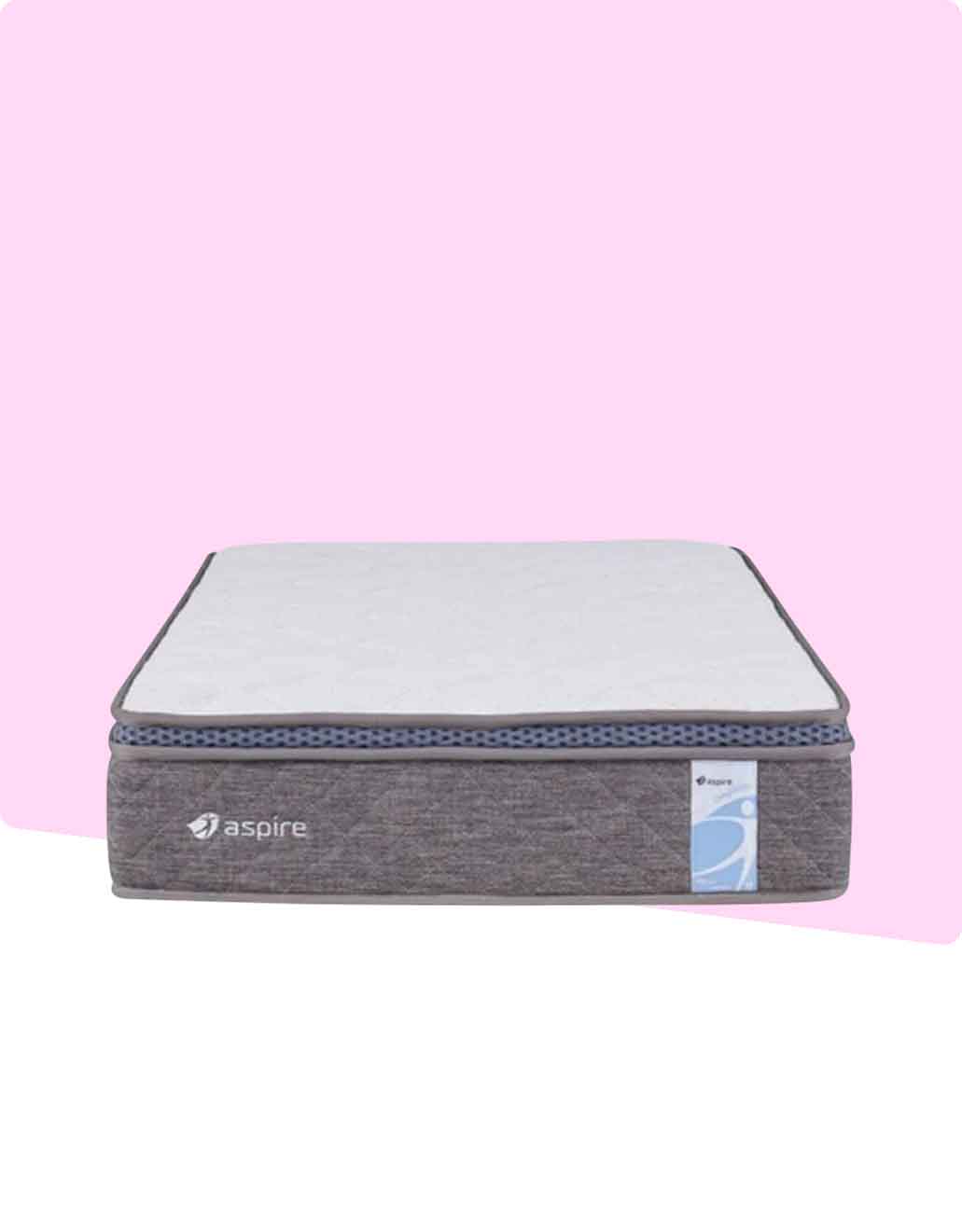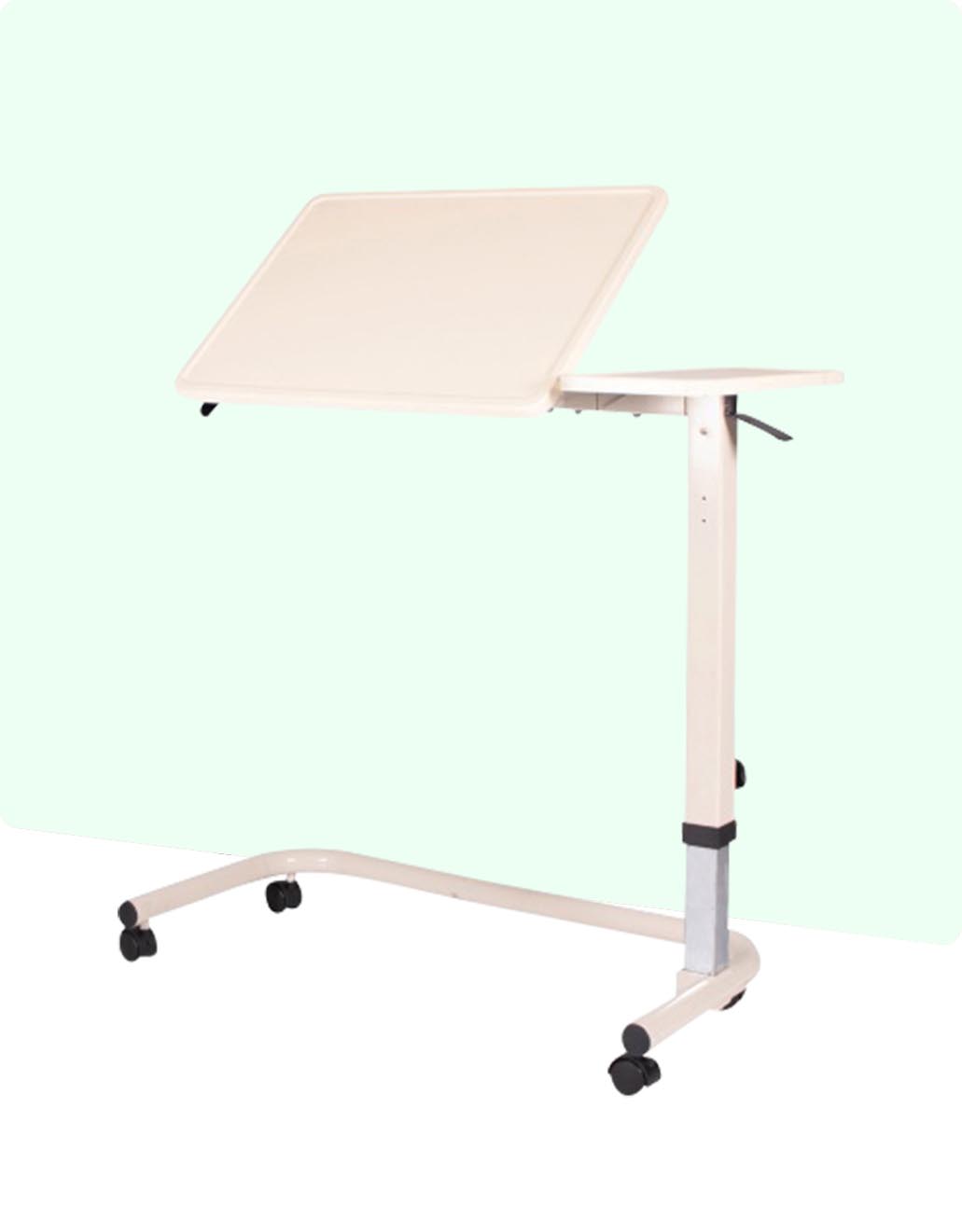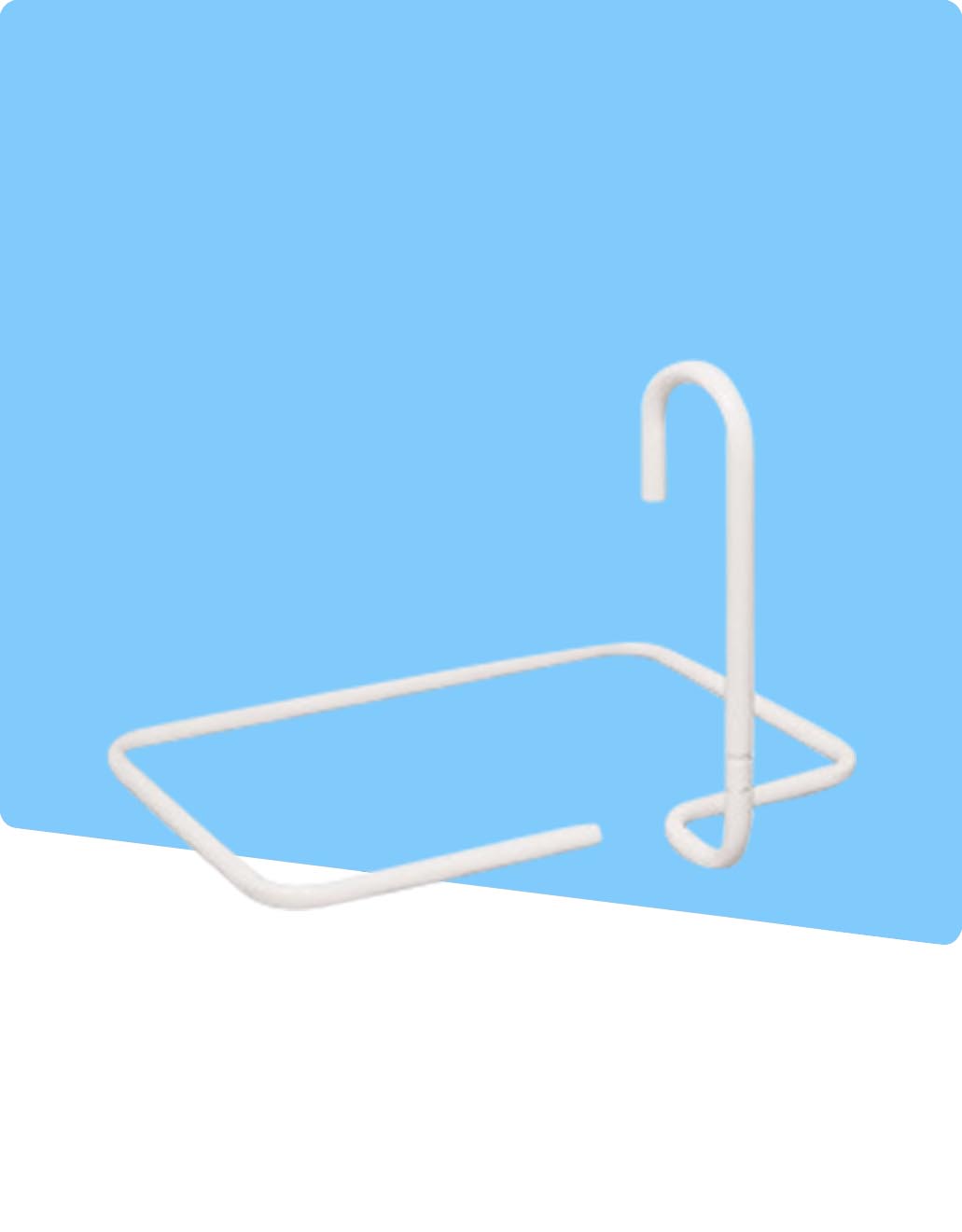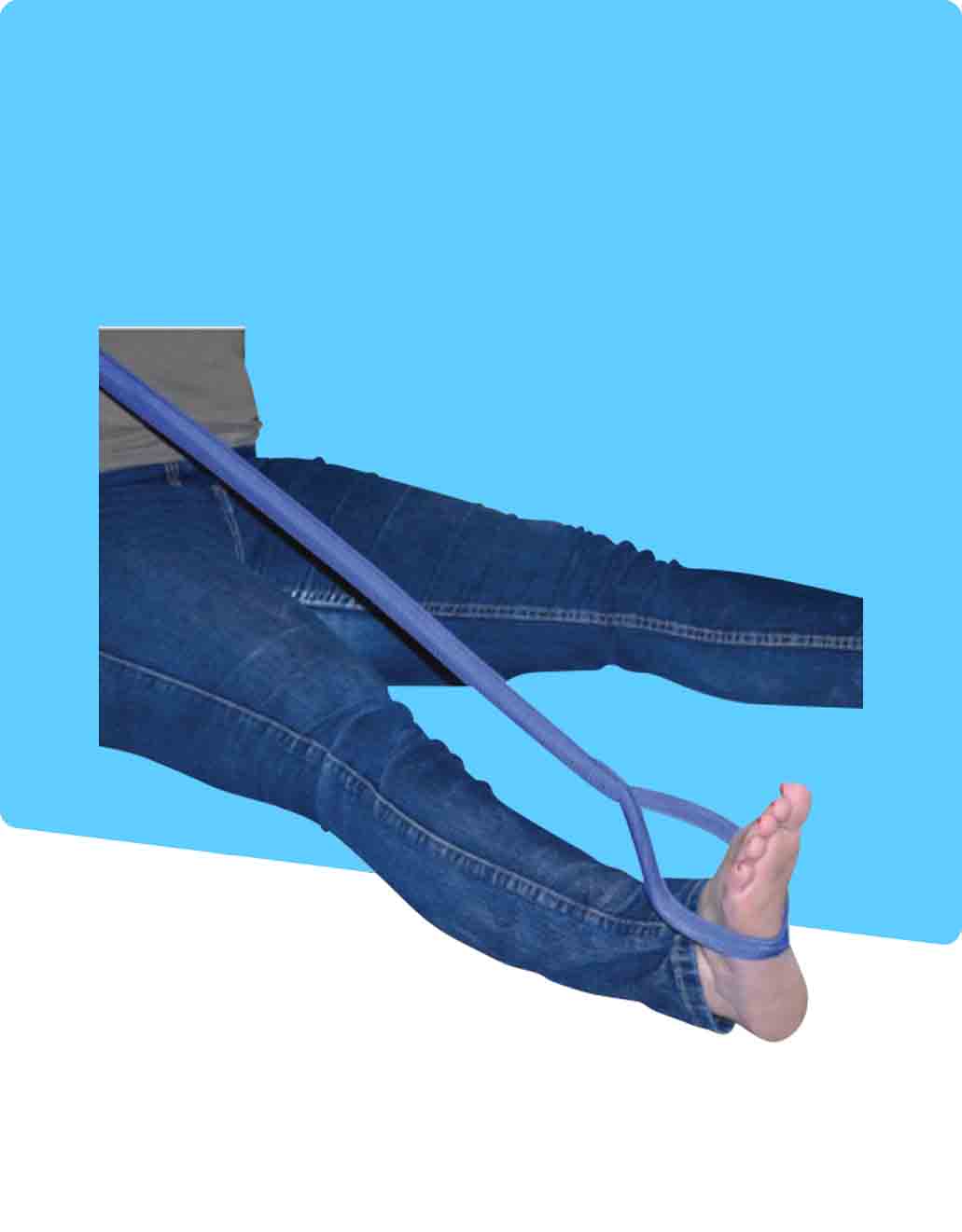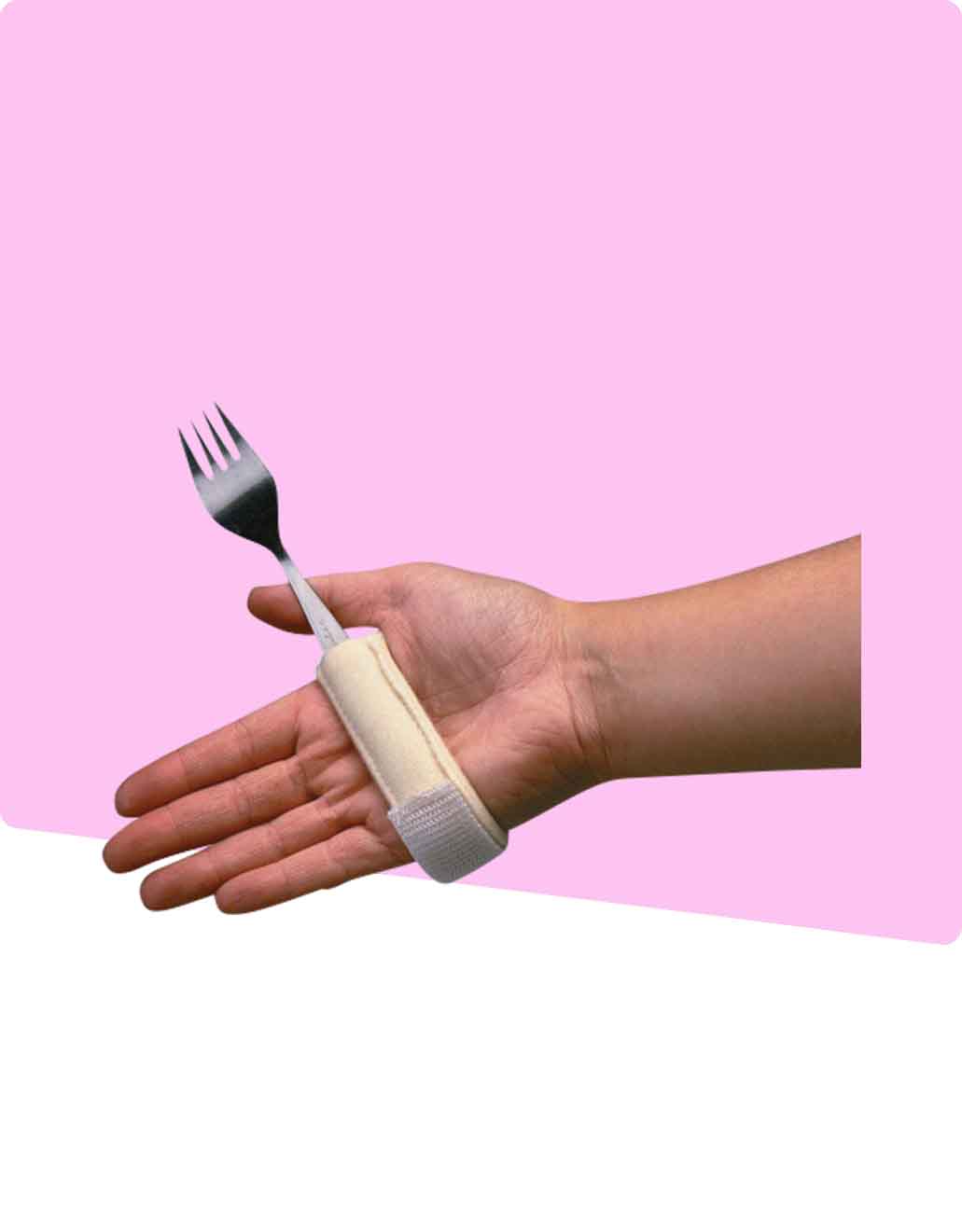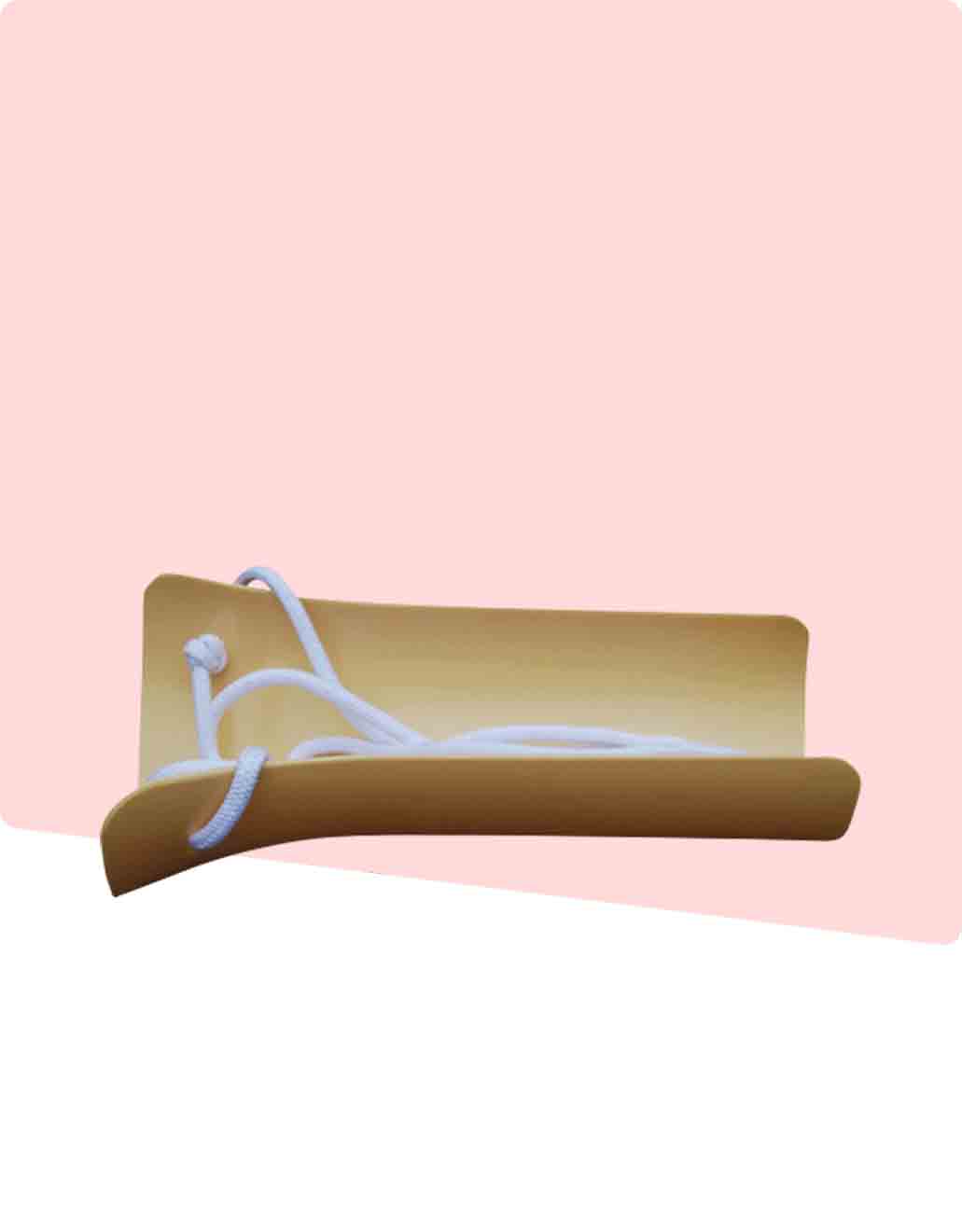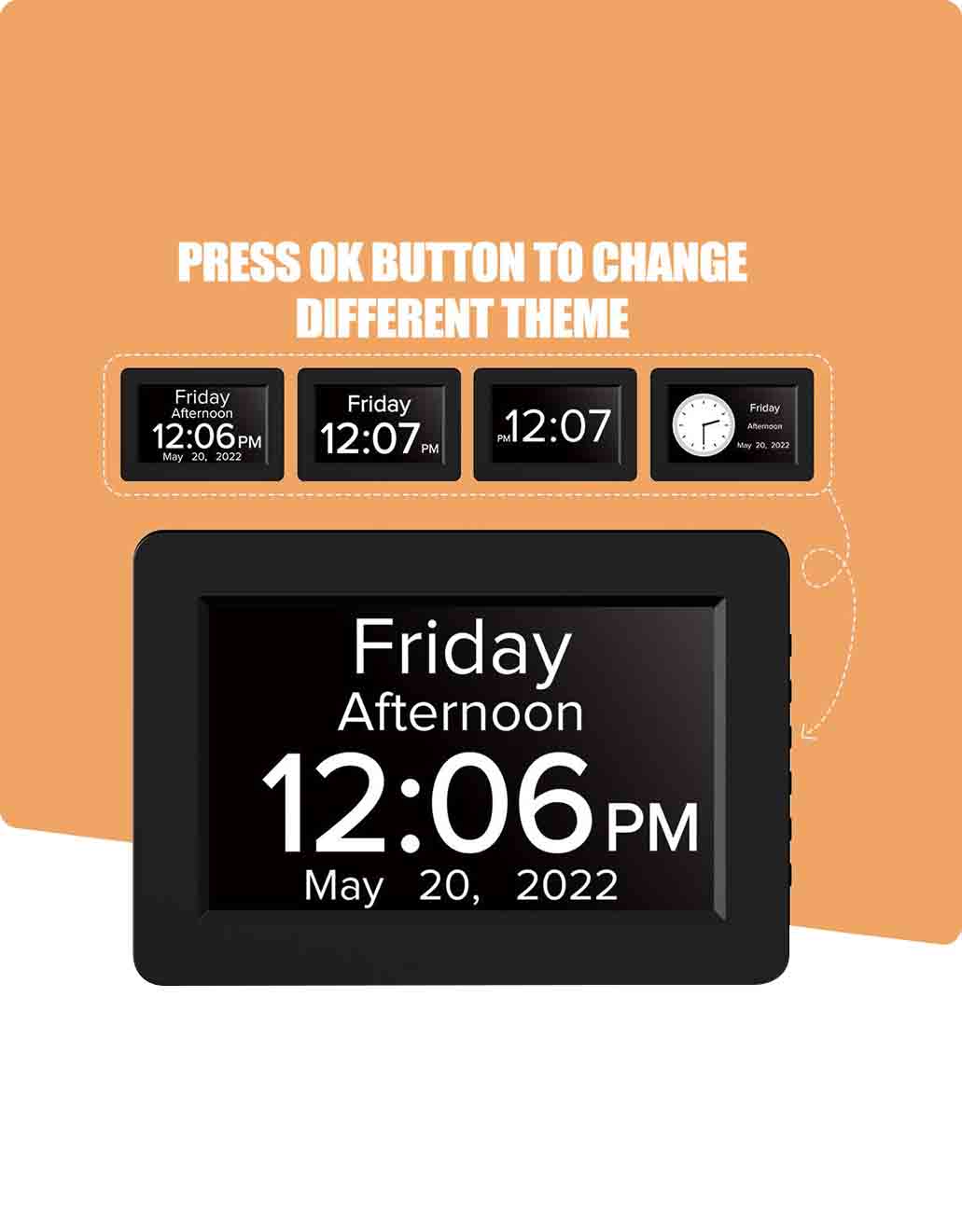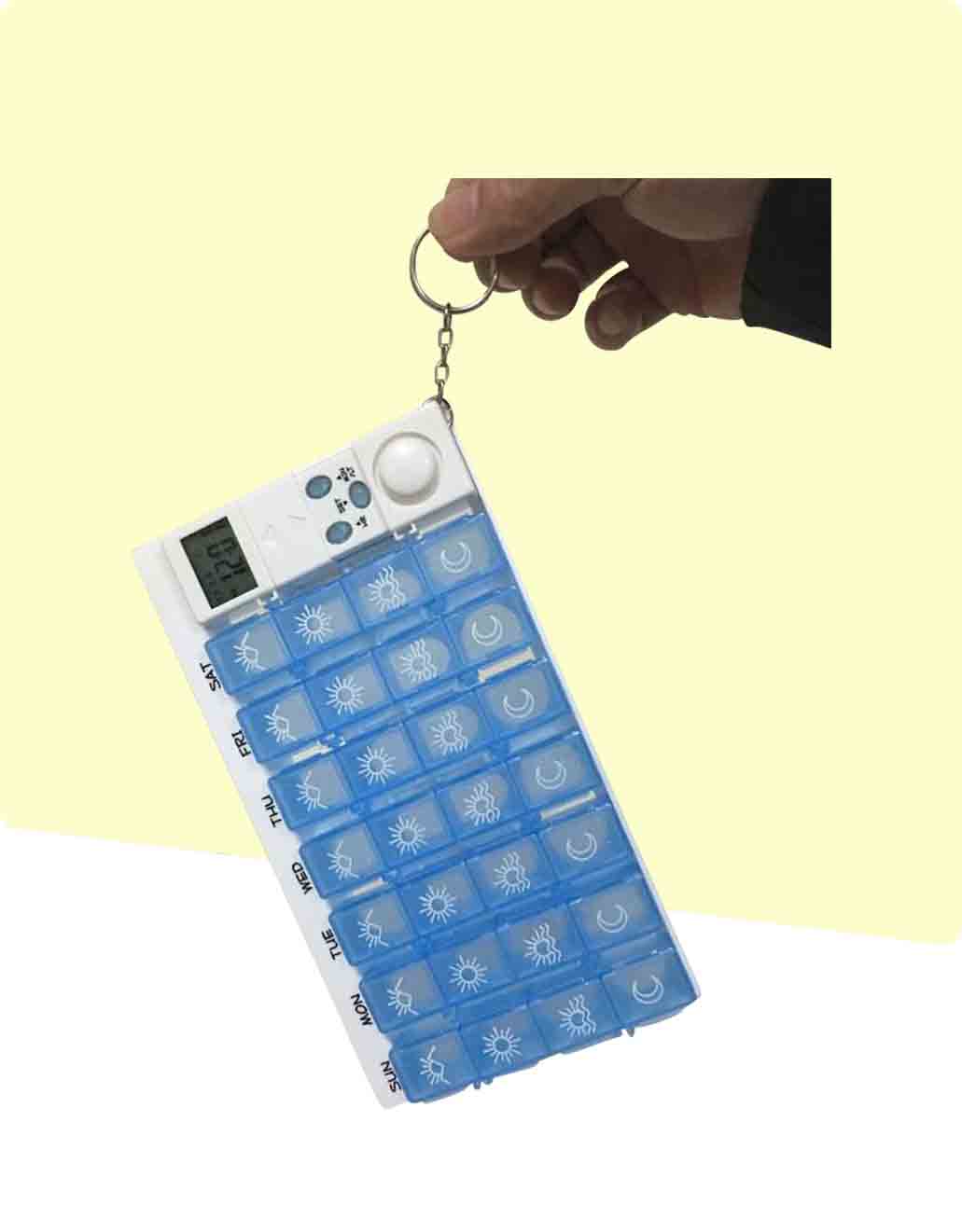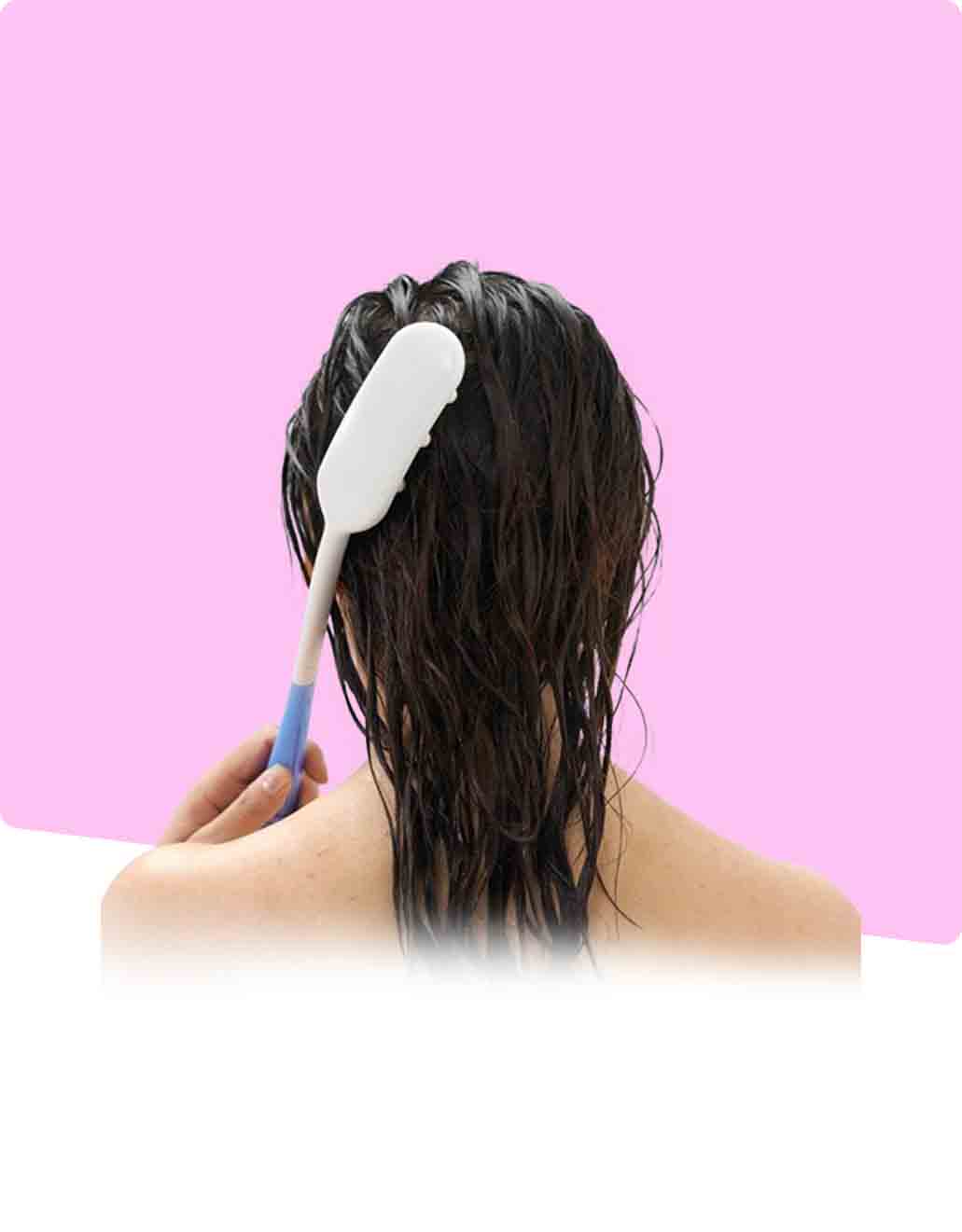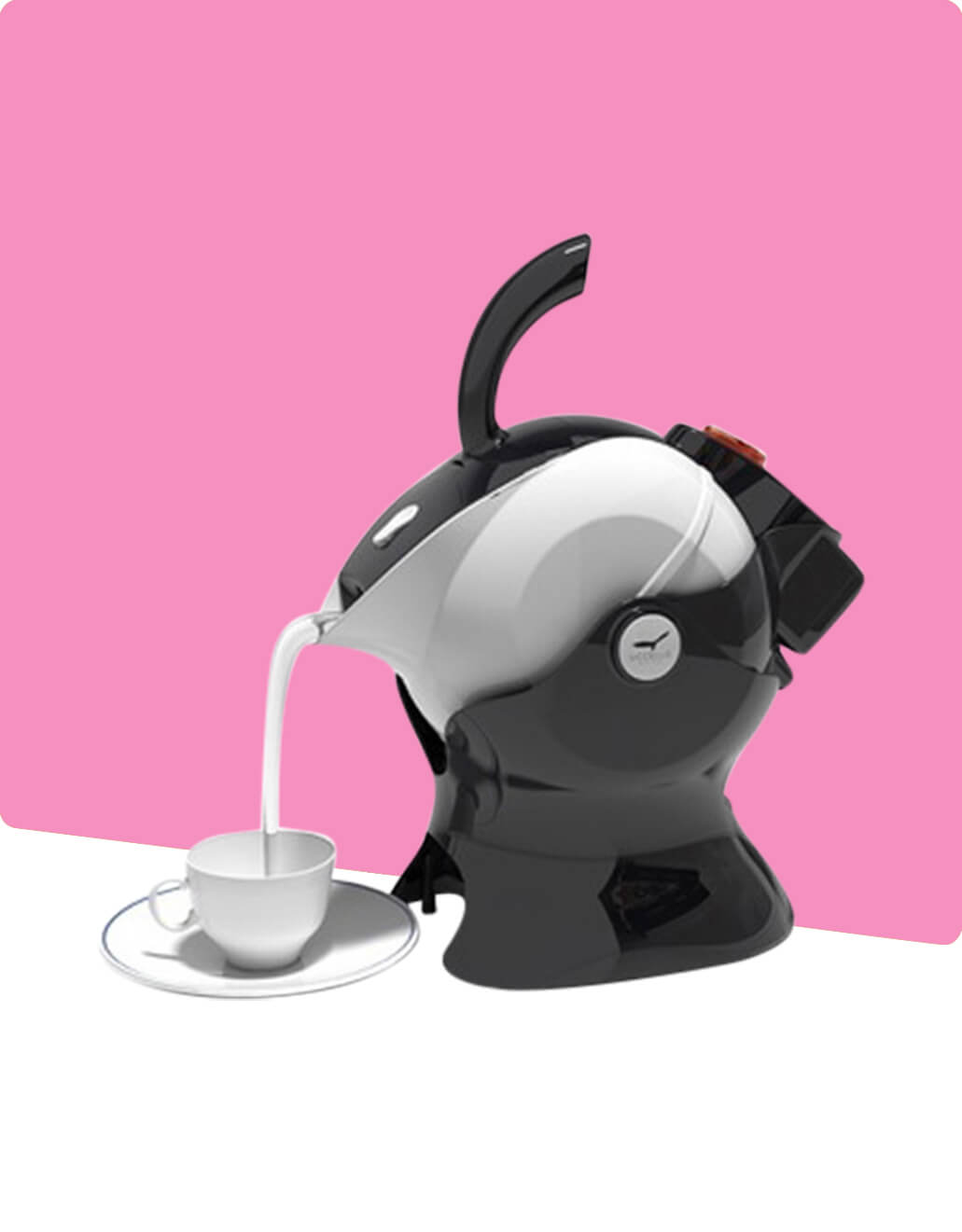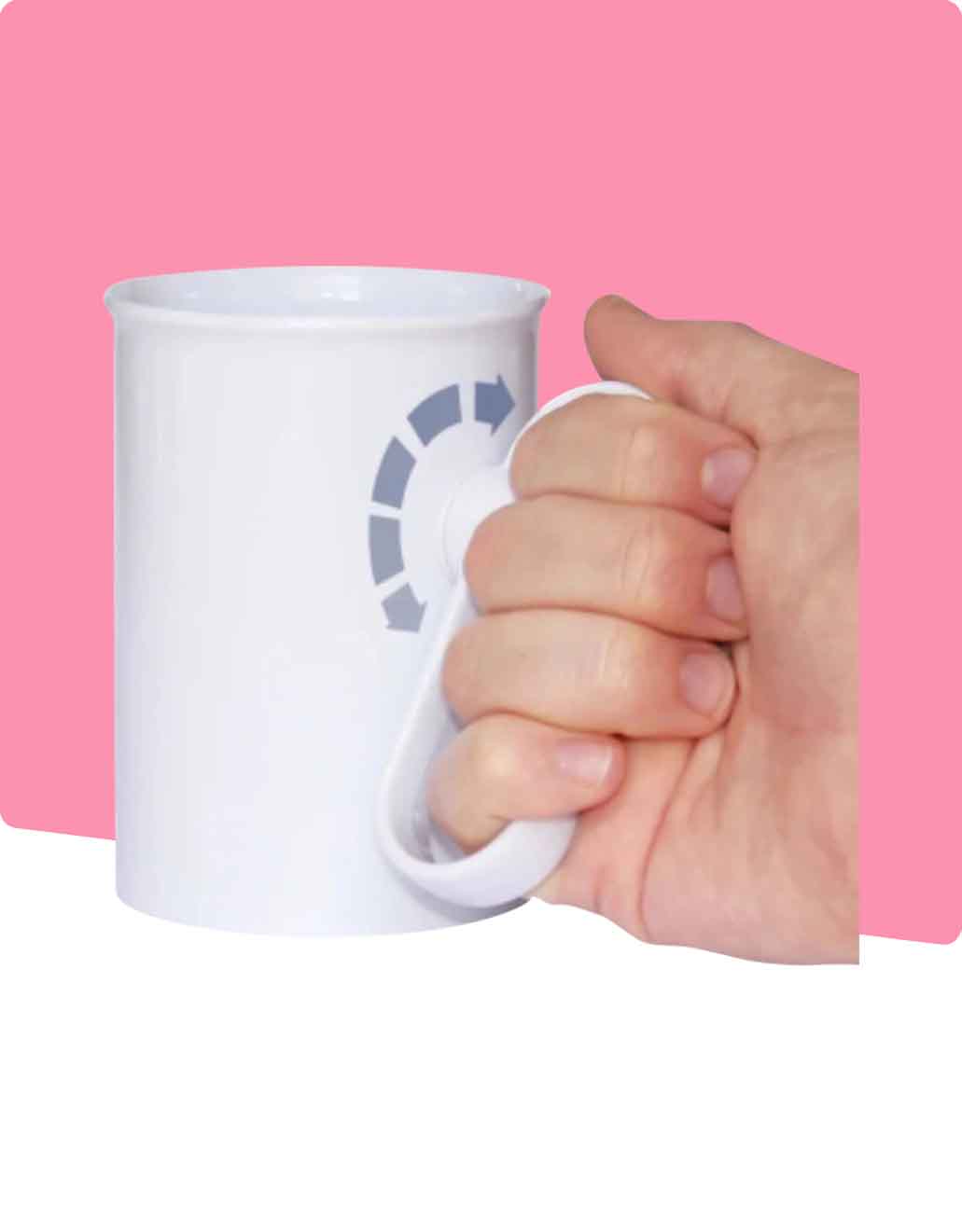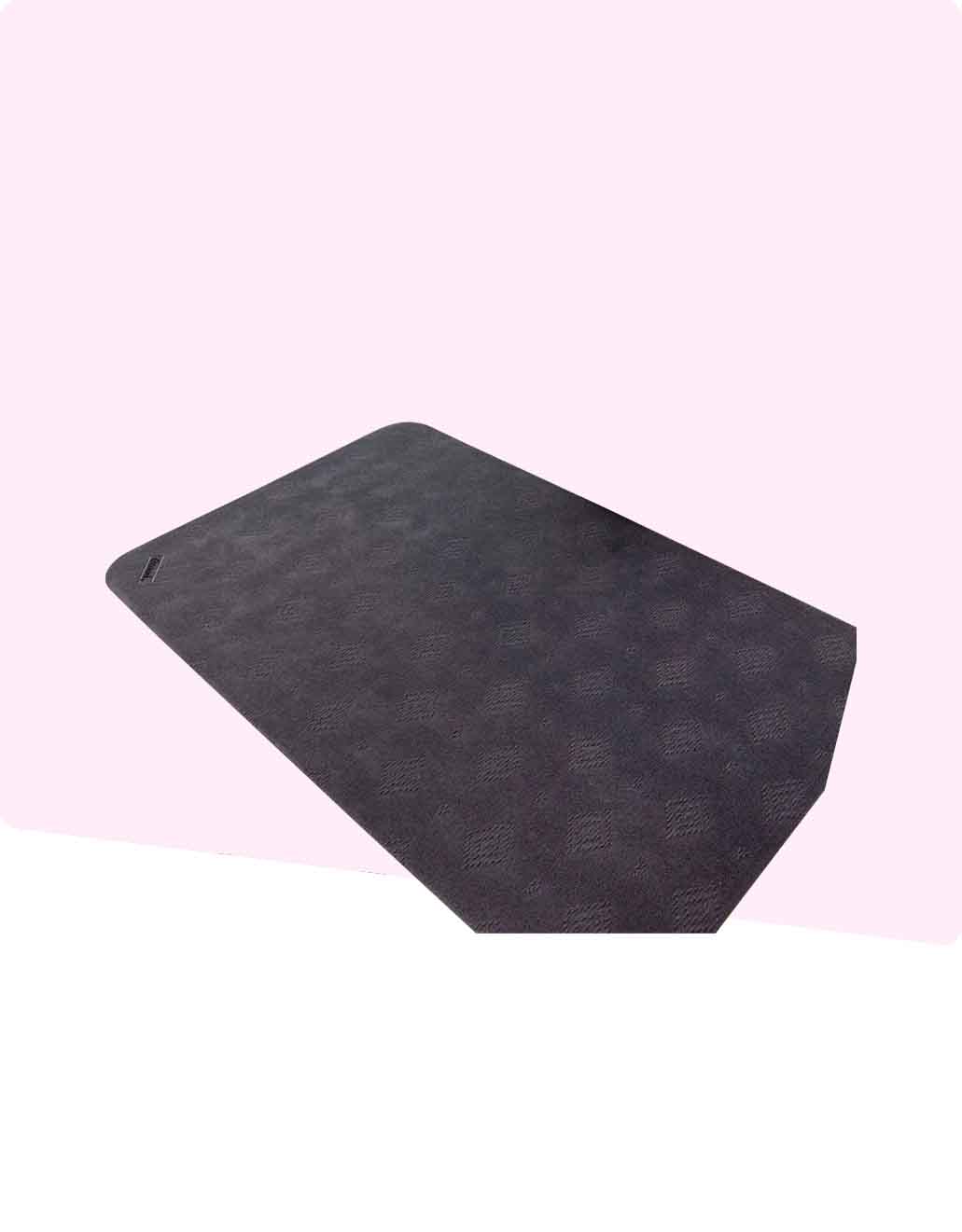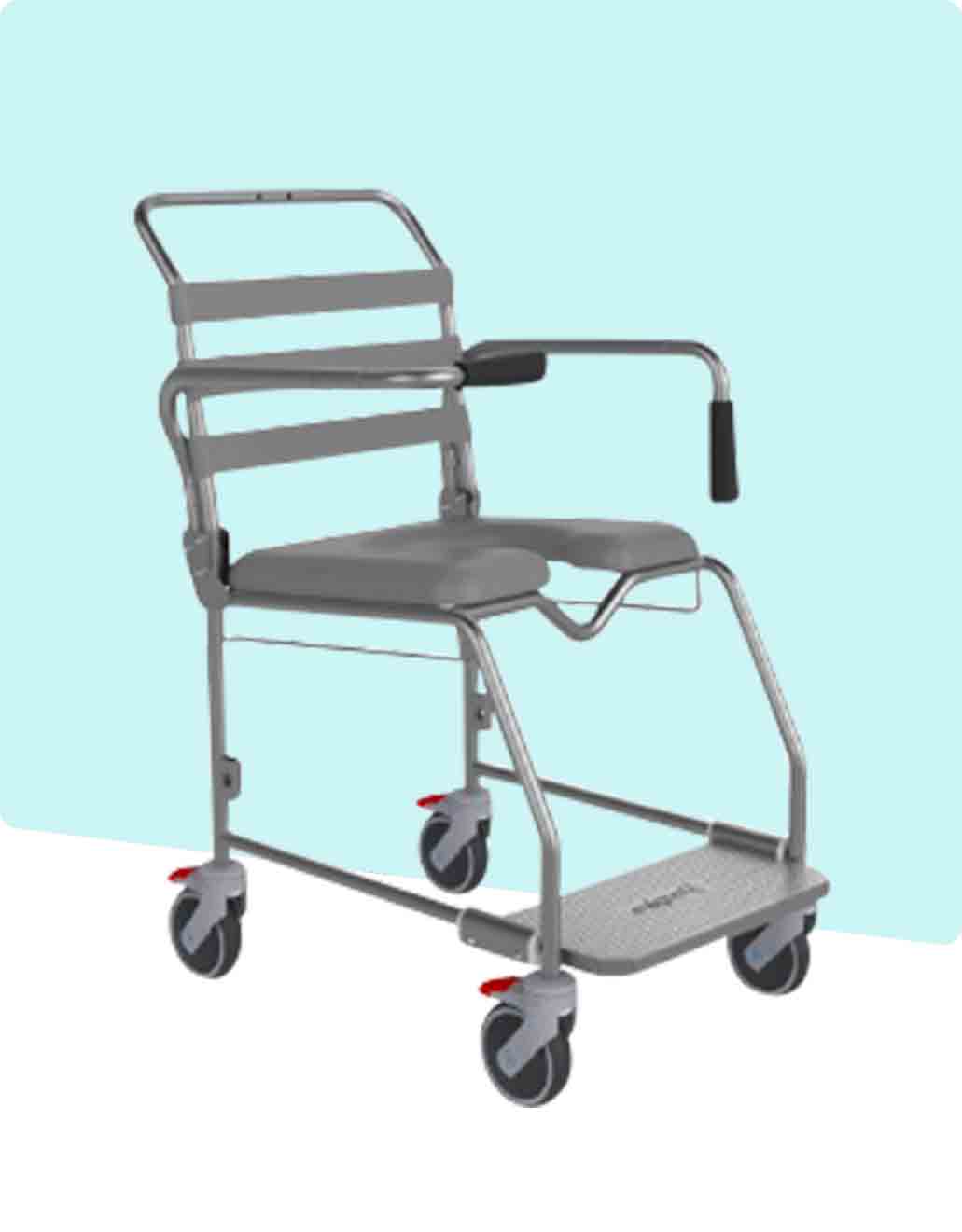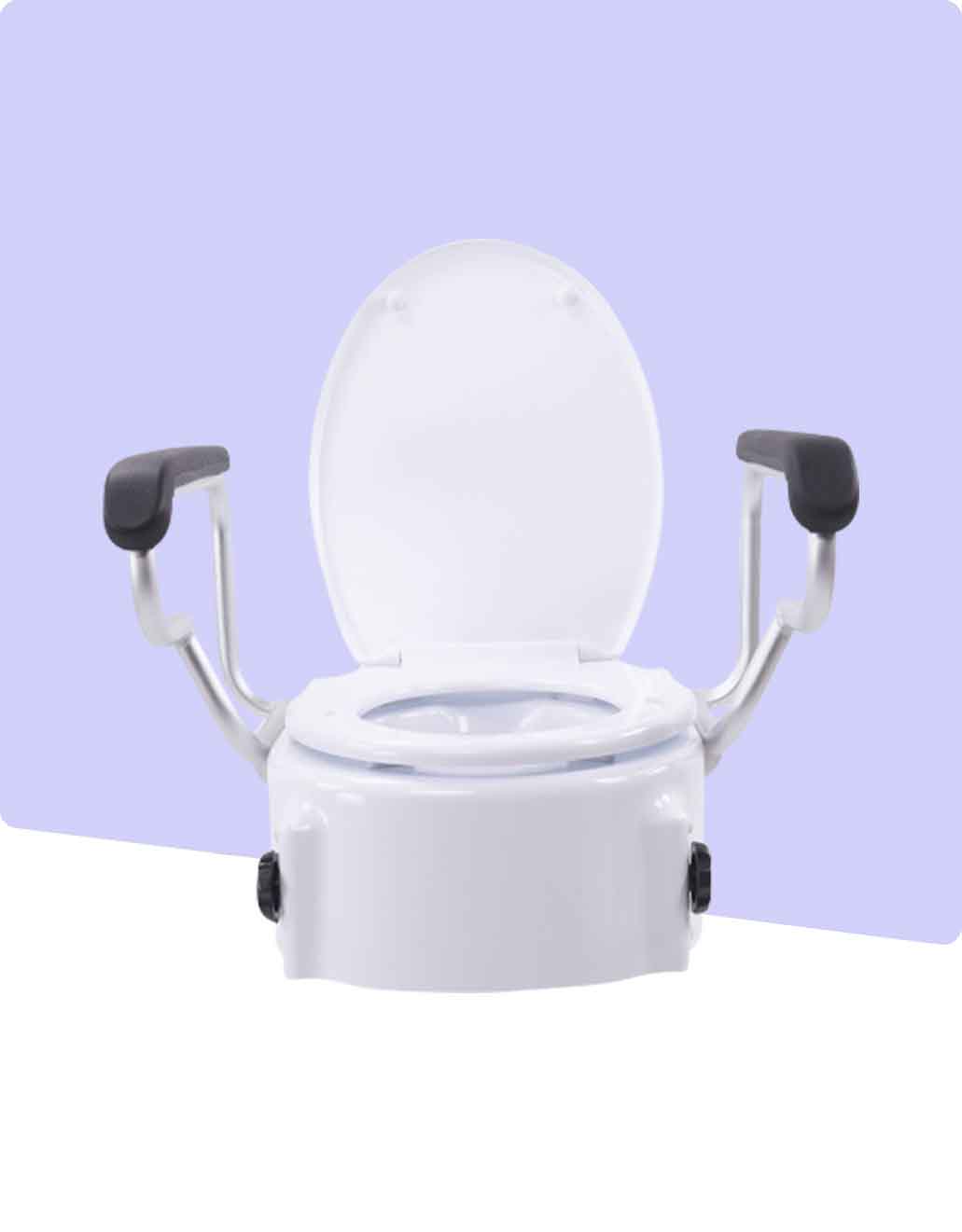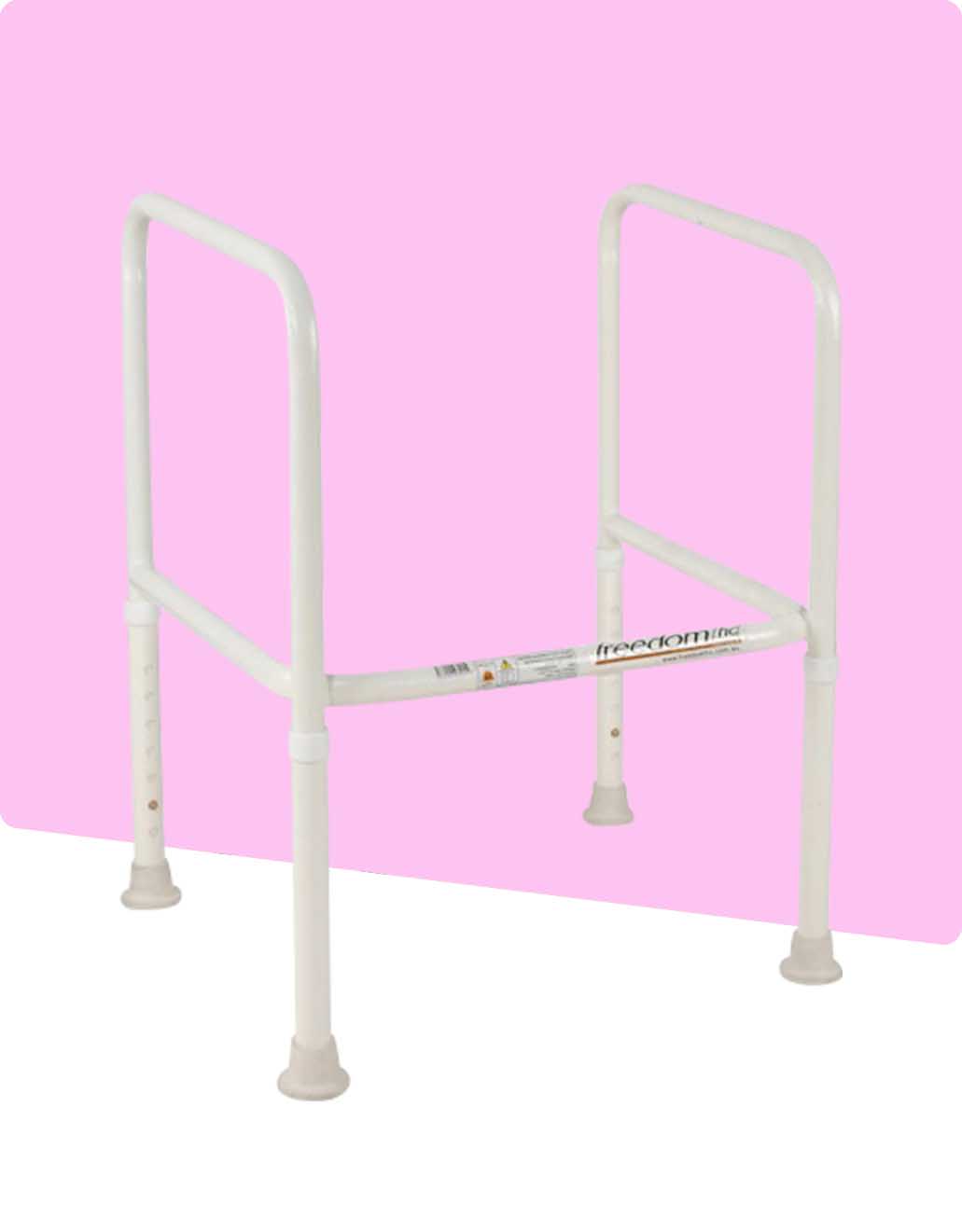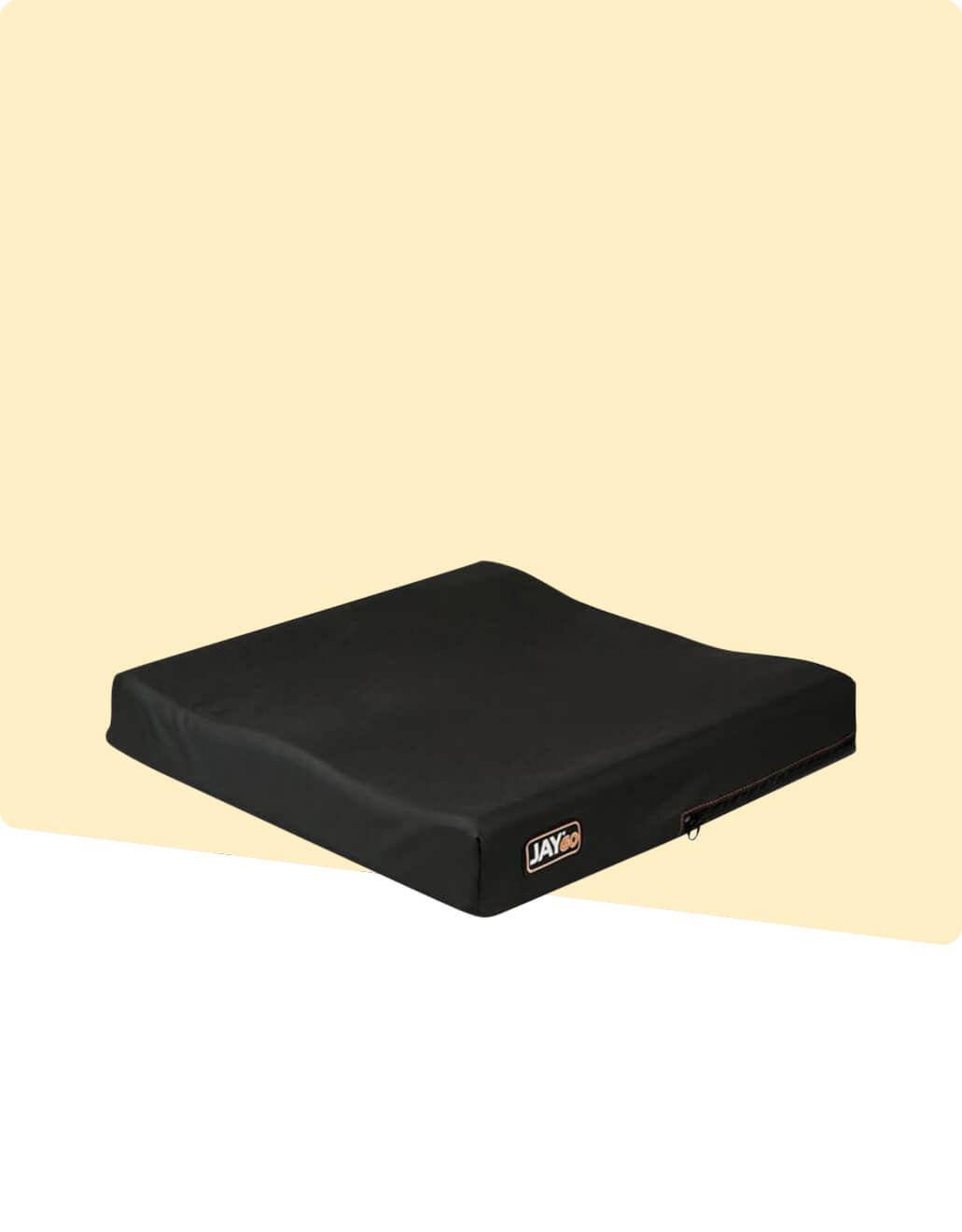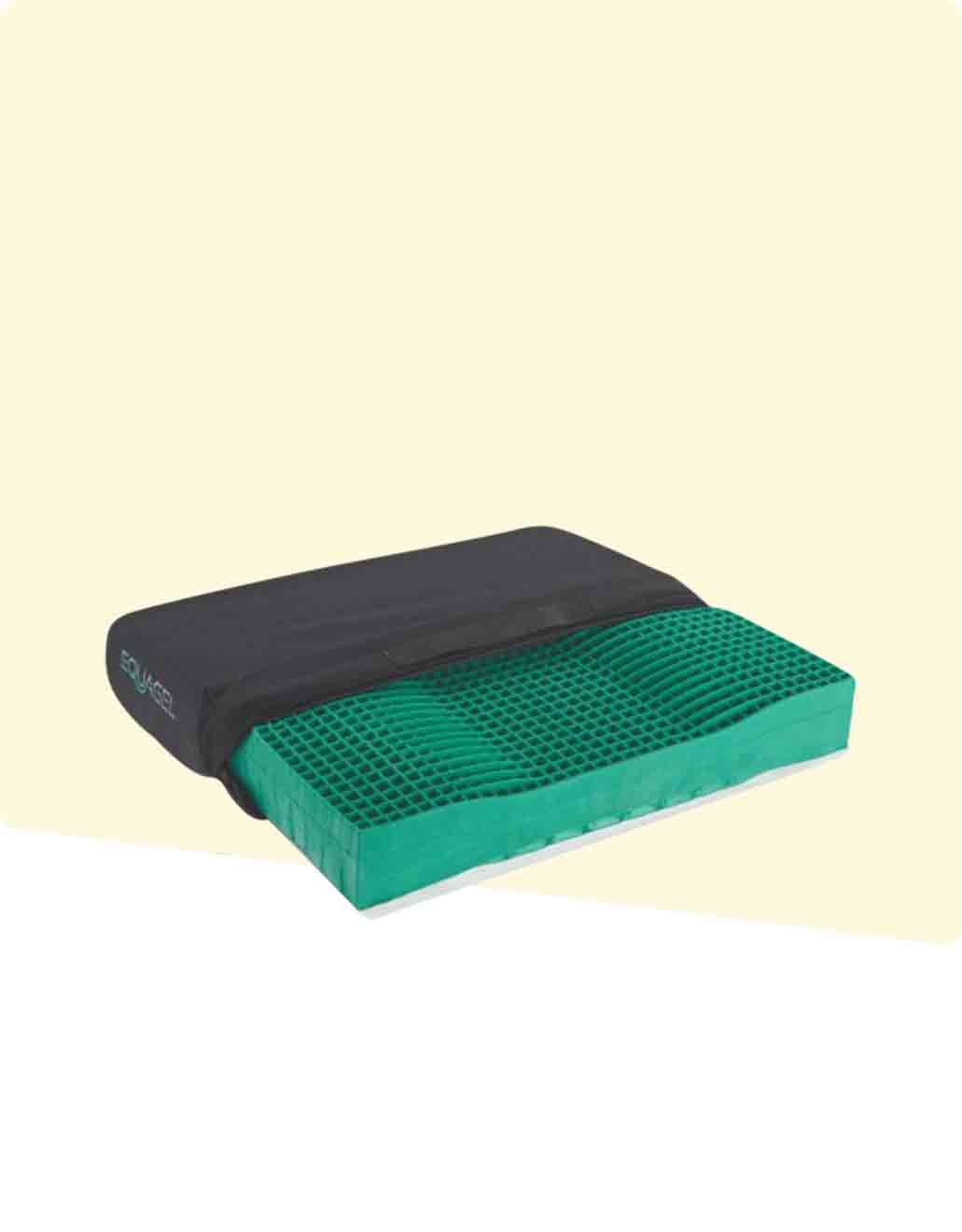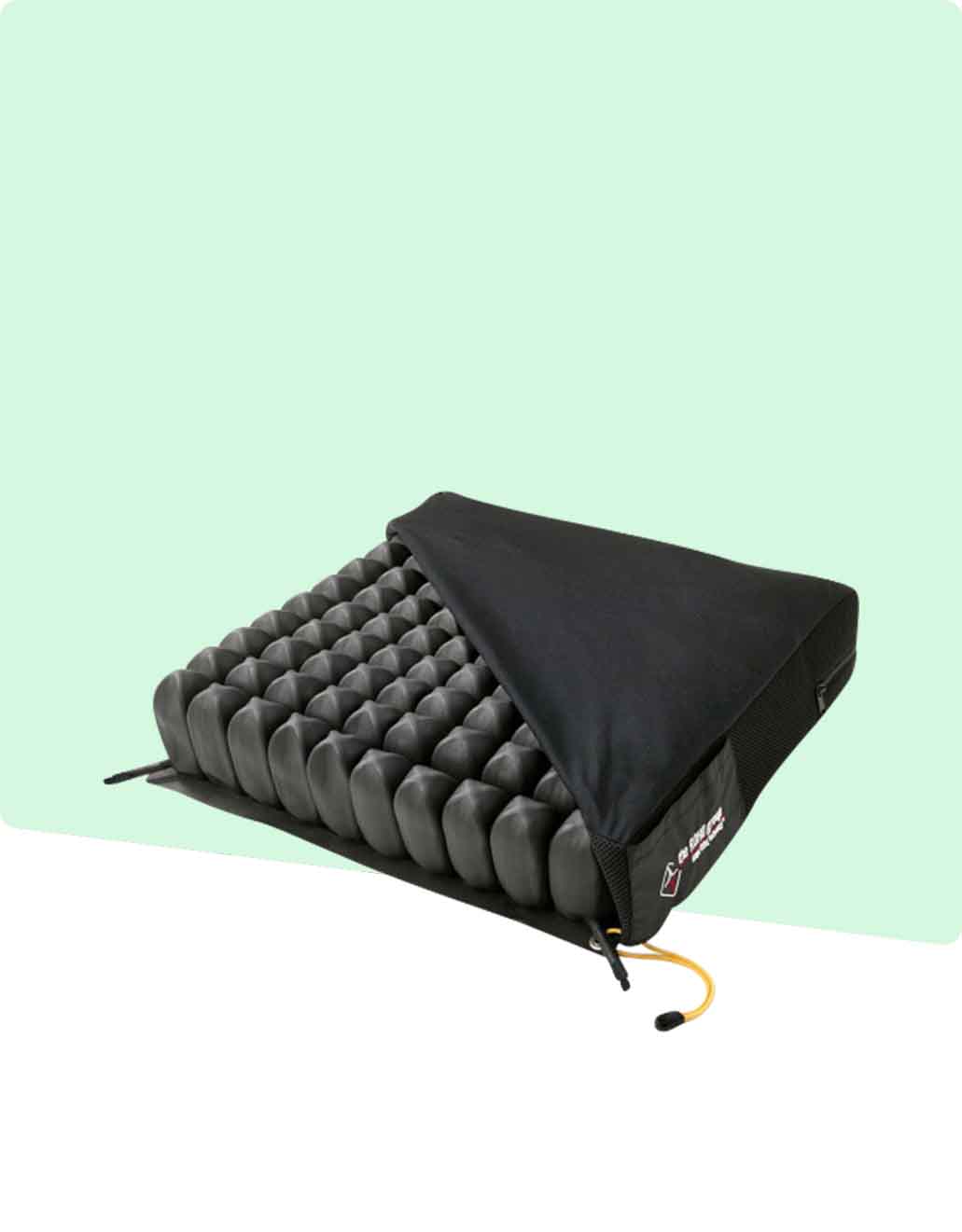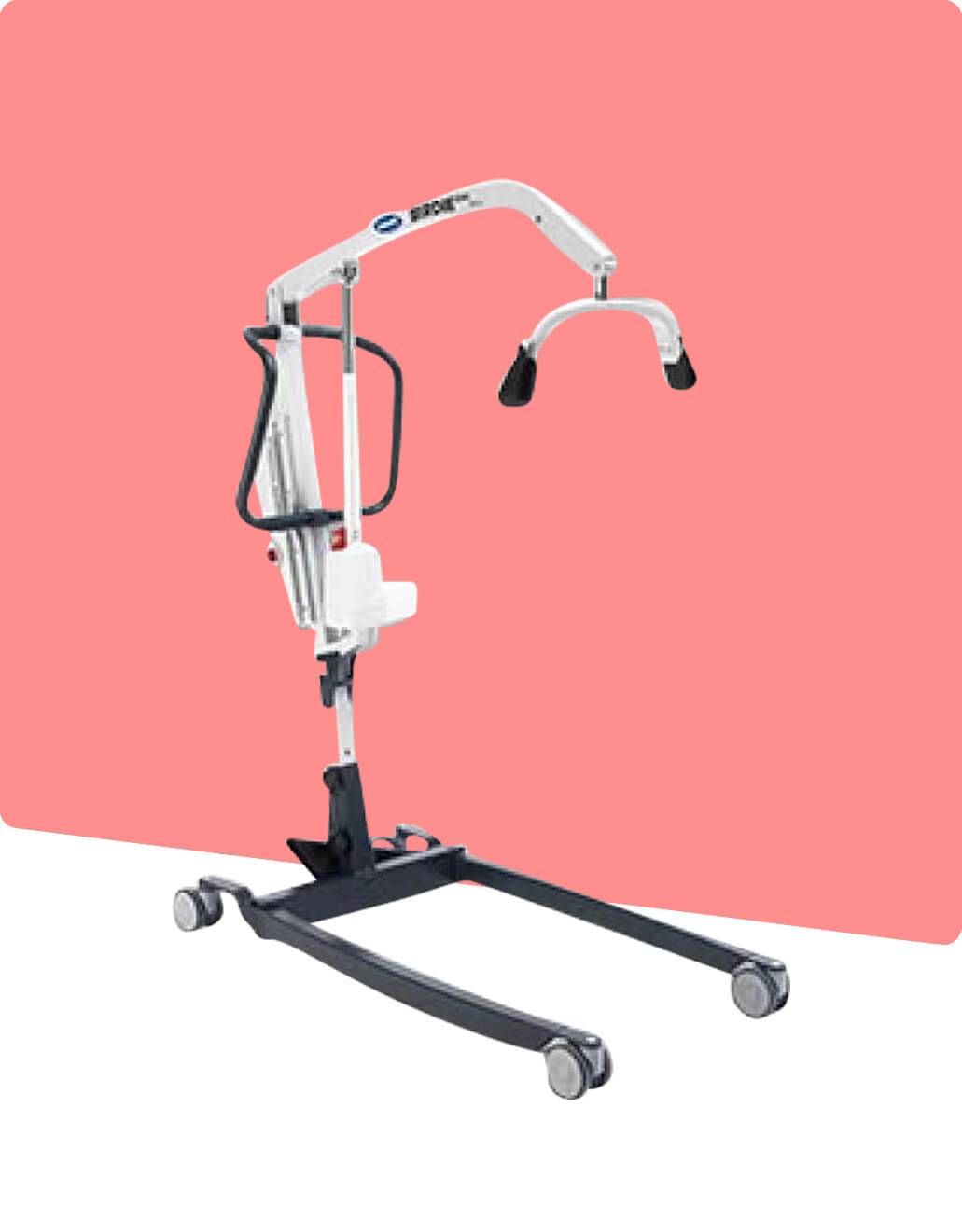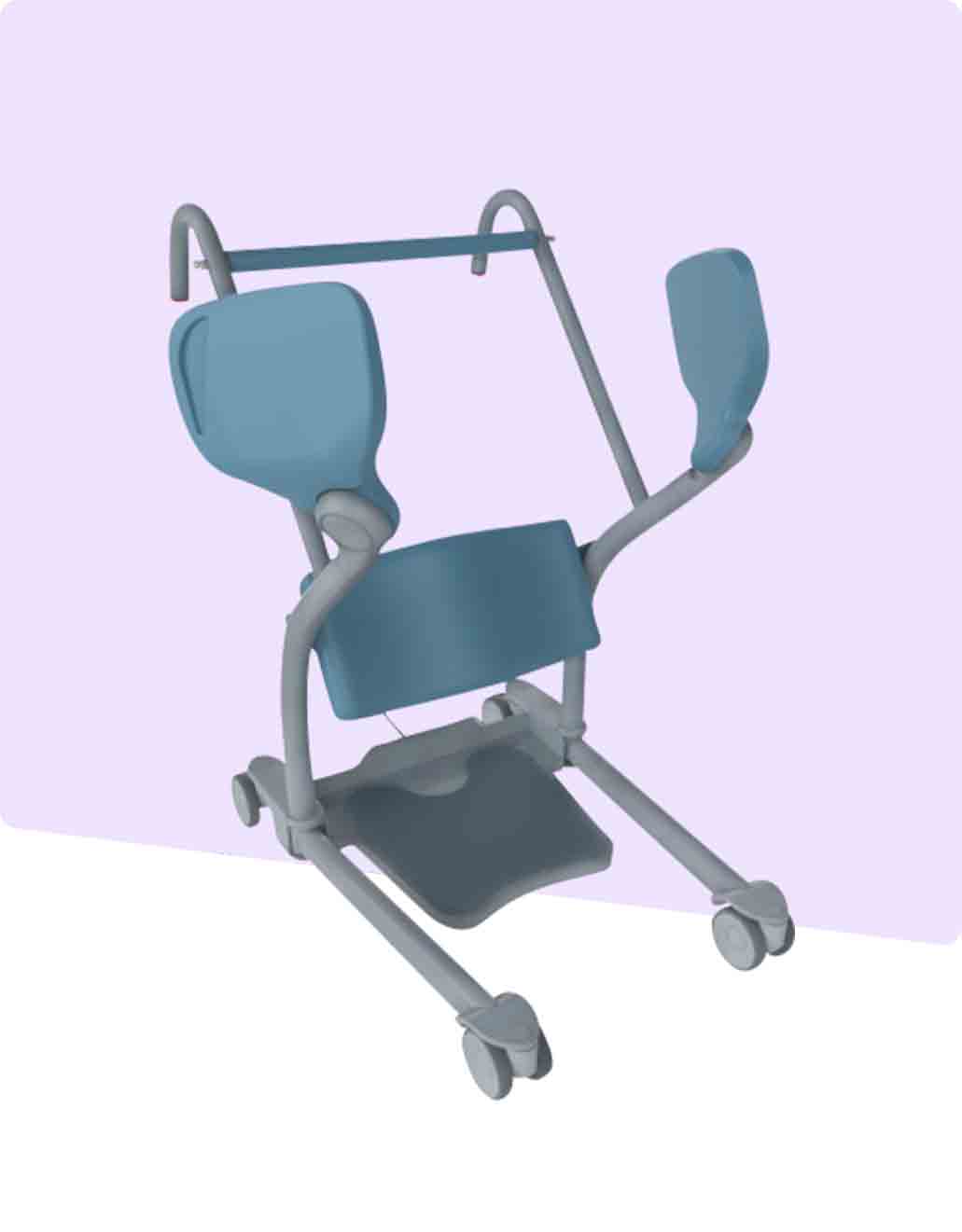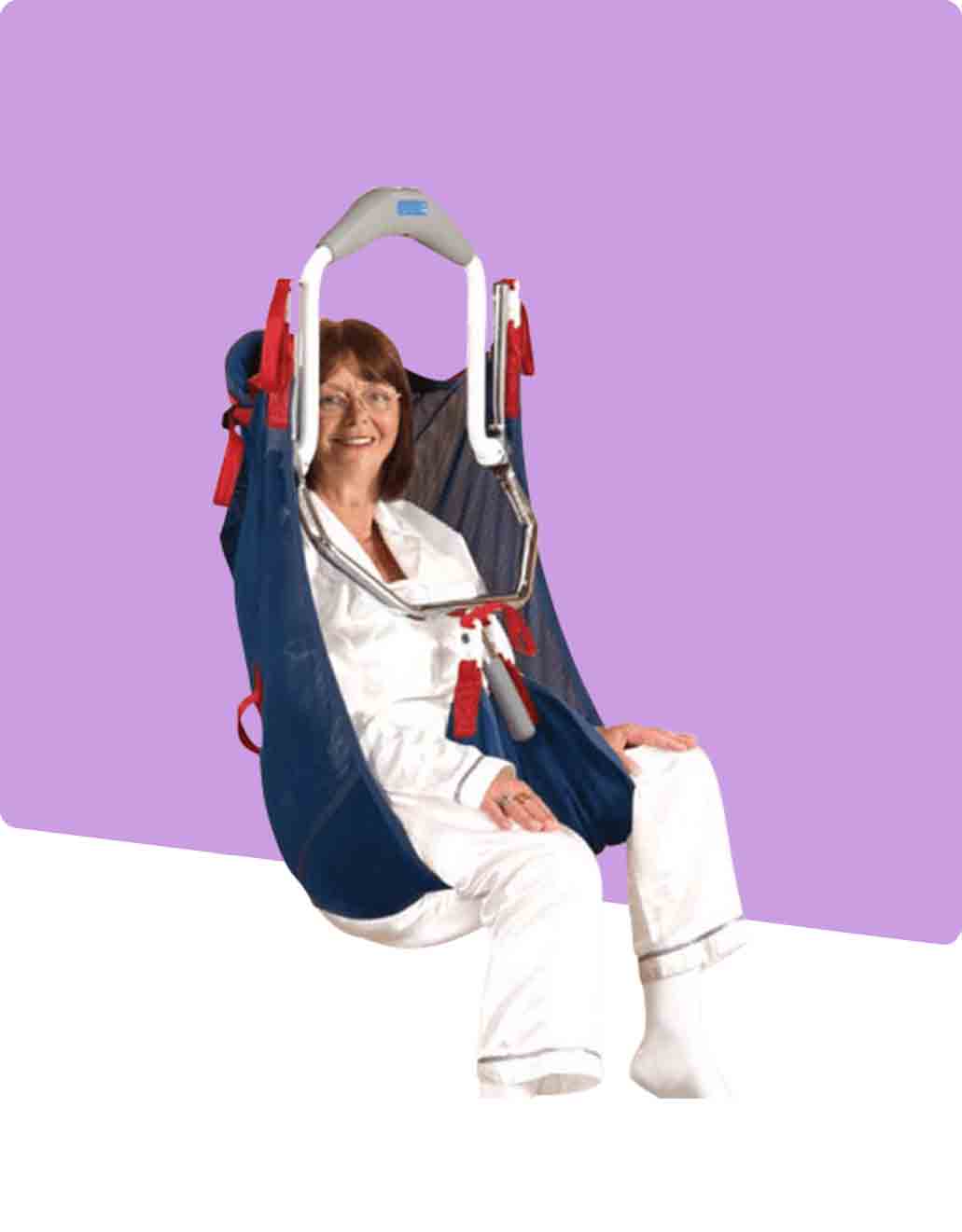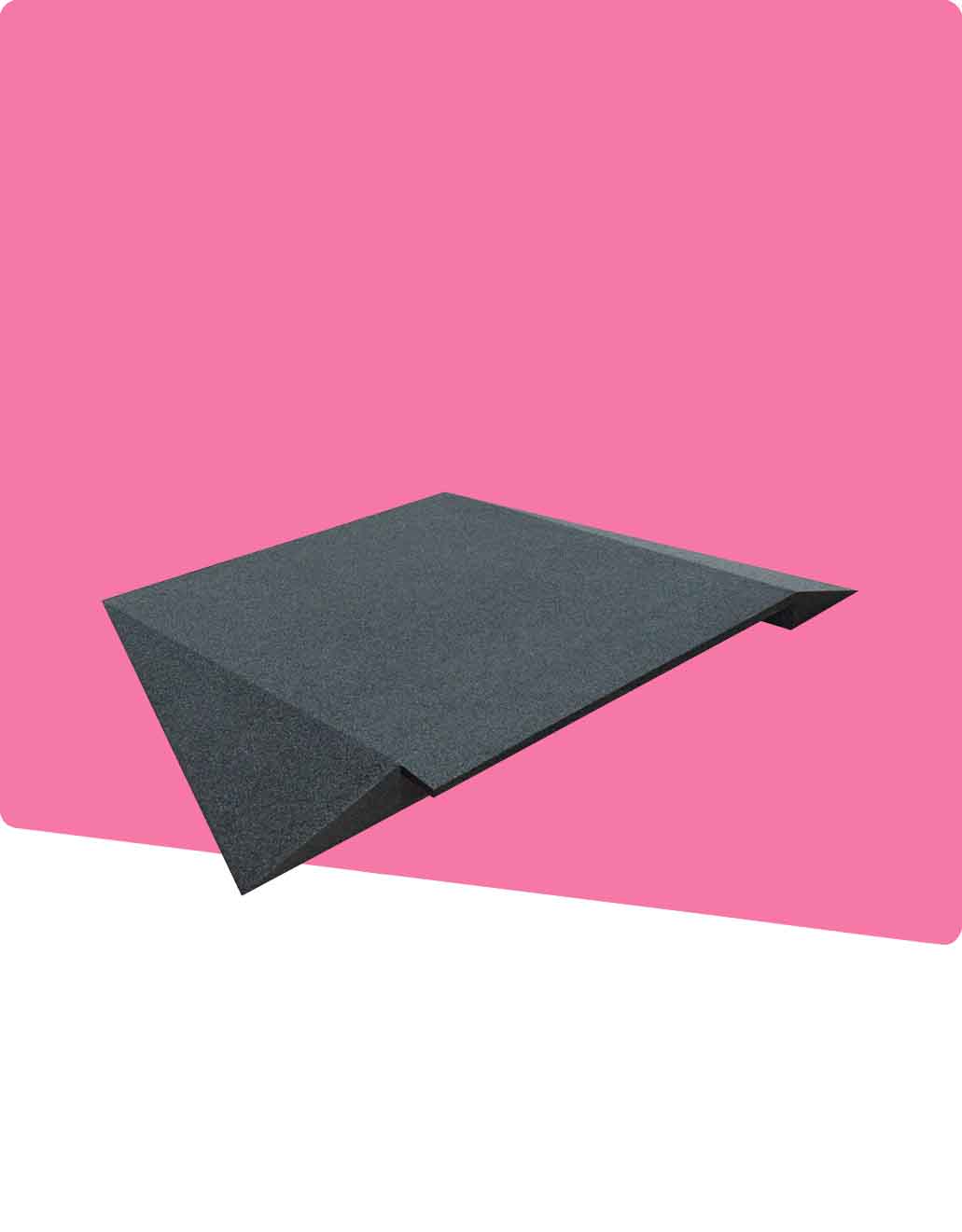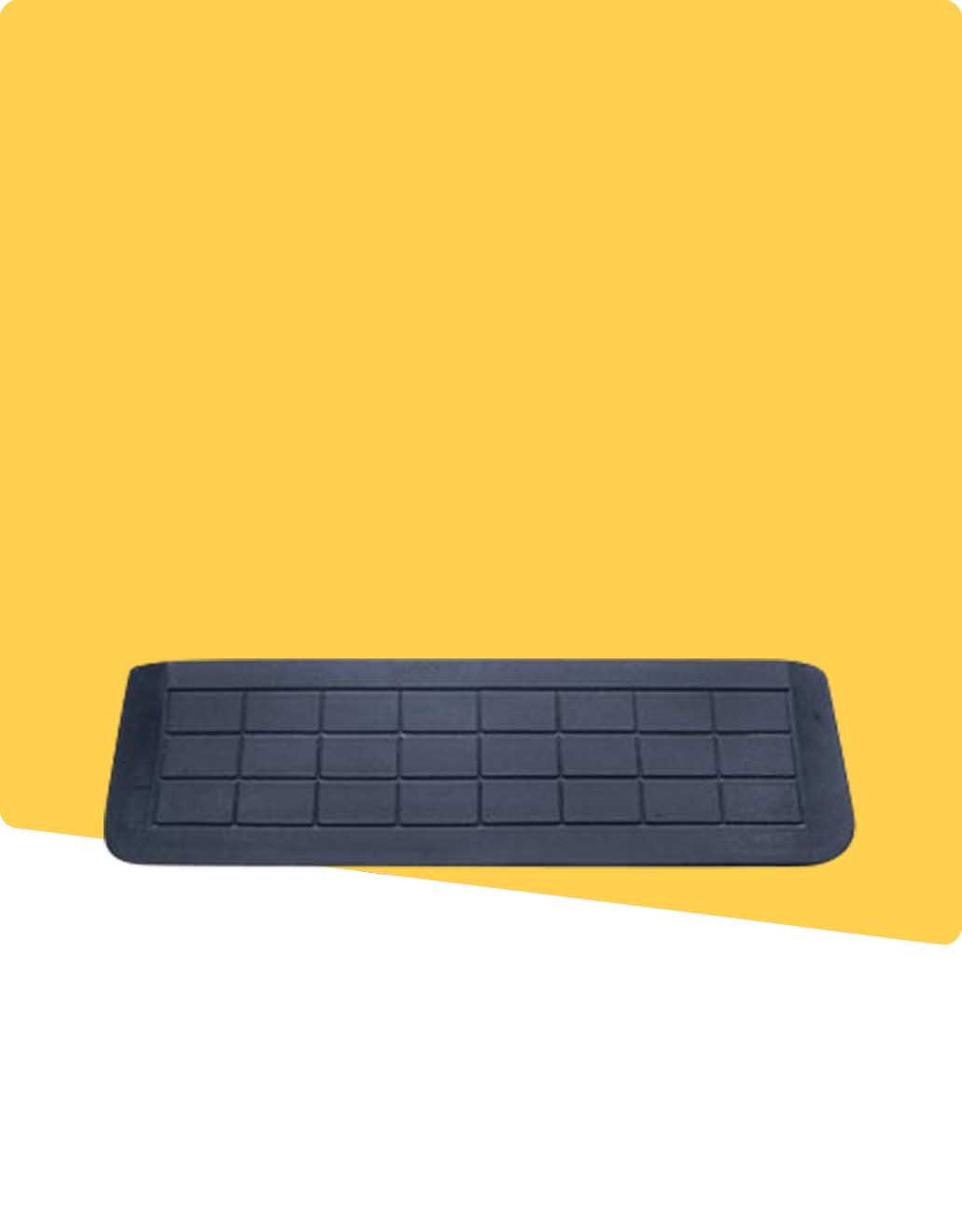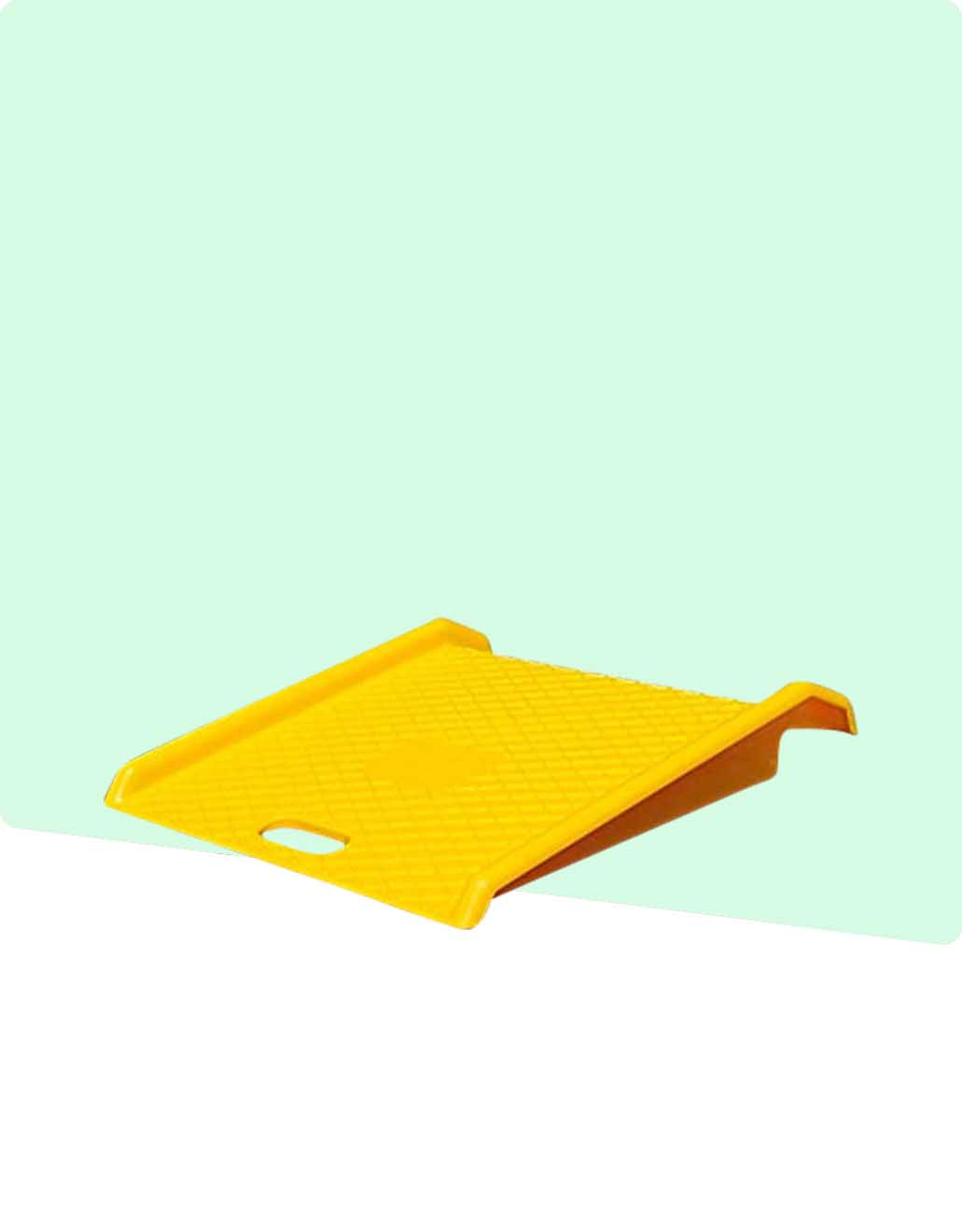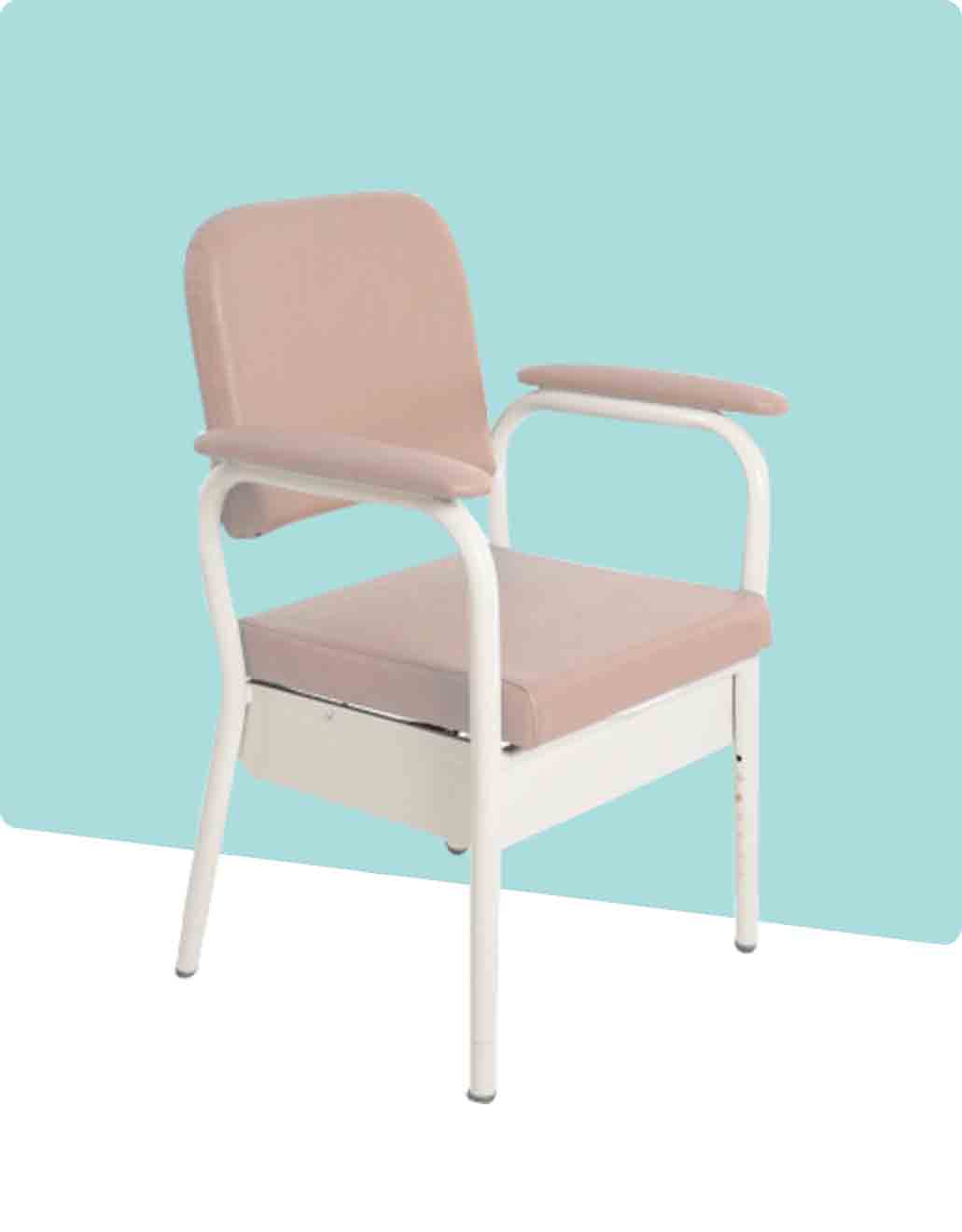Comfort, dignity and protection: A complete guide to waterproof bedding
by Deborah Batchelor on Nov 11, 2025
Comfort, dignity and protection: A complete guide to waterproof fitted sheets, mattress protectors, bed pads, pillow protectors and waterproof quilts for older people and mobility-impaired users
For older adults and people with limited mobility, the bedroom should be a place of comfort, security and dignity. What seems like a small product choice - a fitted sheet or a quilt - can make a huge difference in daily life: reducing laundry stress, managing incontinence discreetly, protecting expensive bedding and mattresses and preventing skin problems. This guide explains the practical benefits of Waterproof Bedding products, how they differ, what to look for when buying, cleaning and care tips, clinical considerations and product recommendations for family carers and health professionals. All examples refer to solutions available from Adaptive Equipment and are written with real-world usability in mind.
Why waterproof bedding matters
Waterproof bedding is not only for accidents or incontinence - it’s for everyday resilience. Here’s why it matters particularly for older and mobility-impaired people:
- Protects mattresses and pillows: Mattresses and pillows are expensive and can harbour moisture, bacteria and odours if unprotected. Waterproof layers prevent liquids from soaking in and extend the life of bedding.
- Maintains skin health: Prolonged exposure to moisture (from sweat, spills or urinary leakage) increases the risk of skin breakdown and pressure injuries. Waterproof protectors that wick moisture away help keep skin drier and healthier.
- Reduces laundry and workload: Waterproof items minimise the need to strip and wash whole bedding sets after an accident; smaller, easier-to-wash items can be replaced quickly.
- Preserves dignity and independence: When solutions are discreet and comfortable, people feel less embarrassed and more willing to stay engaged in daily routines.
- Improves infection control: In care settings, using washable waterproof protectors reduces cross-contamination risk compared with non-washable or disposable options.
The waterproof bedding family: what each product does
There are five common types of waterproof bedding products. Knowing the difference helps you choose the right combination.
1. Waterproof fitted sheets
A waterproof fitted sheet looks like a normal fitted sheet but has an inner waterproof layer. It fits snugly over the mattress with elastic edges and can come in cotton, cotton-blend or synthetic fabrics with a waterproof membrane laminated or bonded inside.
- Best for: Everyday use when you want the look and feel of a normal sheet but with protection. Great when full mattress coverage is needed and frequent full-bed changes are impractical.
- Benefits: Comfortable next to skin, reusable, conceals protection (not medical-looking).
2. Mattress protectors
Mattress protectors can be designed either as full encasements (zippered covers that seal the whole mattress) or as fitted protectors (like a fitted sheet but thicker and sturdier). They often provide additional features: allergen barriers, breathability or pressure-redistribution padding.
- Best for: Long-term moisture protection, allergen control and for people at high risk of pressure injuries where an encasement is required.
- Benefits: Full encasements protect against bed bugs and allergens and fitted protectors are easier to change and launder.
3. Bed pads (underpads / chux)
Bed pads are smaller, absorbent pads placed on top of the sheet (or under the sheet) where leakage is most likely - commonly behind the hips or across the buttocks. They come as disposable or washable reusable versions and vary greatly in absorbency and size.
- Best for: Targeted protection for incontinence or wound care. Useful for night-time or for people who need protection only in one area.
- Benefits: Easy to change overnight, cost effective when disposable for occasional use, reusable washable pads reduce waste and are economical over time.
4. Pillow protectors
These are zipped or envelope covers that protect pillows from sweat, drool or occasional spills. Waterproof pillow protectors are usually thin and breathable so the pillow doesn’t become hot.
- Best for: Protecting pillows from moisture, allergens and odours. Essential where pillow replacement is difficult or costly.
- Benefits: Maintain hygiene and extend pillow life; simple to remove and wash.
5. Waterproof quilts and bedspreads
Waterproof quilts combine the warmth and comfort of a quilt with a waterproof barrier. They are especially helpful for people who want the look of normal bedding but need the security of waterproofing.
- Best for: Overnight protection and for people who prefer a single cover to protect both top and bottom surfaces. Good for day chairs and reclining furniture as well.
- Benefits: Comfortable, attractive, and can reduce the number of layers needed in a bed system.
Key features to look for when buying
When considering products for older adults or mobility-impaired users, focus on comfort, function and ease of use.
Comfort and fabric next to skin
- Look for breathable materials (cotton or cotton-blend tops) - these help regulate temperature and reduce sweating.
- Avoid plasticky, non-breathable coverings directly against skin; choose laminated membranes that are thin or have a soft top layer.
Absorbency and waterproof rating
- For bed pads, check the absorbency level (often measured in millilitres). Heavy absorbency pads are needed for moderate to heavy incontinence; lighter pads suffice for occasional leakage.
- Waterproof ratings aren’t standardised across all products, so read product descriptions for 'liquid-impermeable' or 'waterproof membrane' language.
Breathability and moisture wicking
- A good protector lets vapour escape while blocking liquid. This reduces heat buildup - a major concern for older people who may be sensitive to temperature.
Fit and fastening
- Fitted sheets and protectors should have strong elastic and deep pockets for thicker mattresses, including foam or pressure-relieving mattresses.
- Full encasements need a good zipper and durable seams; for bariatric or specialised mattresses, choose products rated for the mattress dimensions.
Noise
- Some waterproof membranes make crinkly noises when moved. Look for 'quiet' or 'silent' membranes if sleep disturbance is a concern.
Ease of laundering
- Reusable products should withstand frequent washing at temperatures recommended for infection control (often 60°C for clinical settings, though confirm product instructions to avoid damage).
- Check drying instructions - many protectors can be tumble-dried on low.
Infection control and clinical needs
- For care homes or clinical environments, choose products that can be laundered at high temperatures and that meet facility infection control policies.
- For pressure injury prevention, consult the clinician about whether a mattress encasement is compatible with pressure-redistribution surfaces.
Discretion and aesthetics
- Waterproof quilts and fitted sheets that look normal make users less self-conscious; colour and pattern choices help them blend into the bedroom setting.
Practical buying combinations and use cases
Not every bed needs every product. Here are common set-ups depending on need:
- Low risk, occasional leakage: Waterproof fitted sheet + pillow protector. Add a reusable bed pad for night time.
- Moderate incontinence and mobility limitations: Fitted mattress protector + reusable bed pad + waterproof quilt. Pillow protector as needed.
- High risk or heavy incontinence: Full mattress encasement + high-absorbency underpad (reusable or disposable) + waterproof quilt. Ensure linens are easy to strip and an extra set is available.
- Pressure injury risk: Use clinically recommended mattress covers that are waterproof but also pressure-redistributing - discuss with an occupational therapist or nurse.
Cleaning, care and maintenance
Proper care keeps waterproof bedding performing well and hygienic.
Washing
- Follow the product label. Most reusable waterproof protectors can be washed in a regular washing machine.
- Wash at the highest safe temperature indicated. For infection control needs, many facilities wash at 60°C; home users can often wash at 40–60°C depending on the product.
- Use a mild detergent and avoid fabric softeners - softeners can reduce absorbency and affect the waterproof membrane.
Drying
- Tumble dry on low or line dry if recommended. Very high heat can damage waterproof membranes.
- Make sure products are fully dry before folding to prevent mildew.
Frequency
- Bed pads: change as soon as wet for skin health. Disposable options allow immediate replacement; reusable pads should be washed after use or queued for the next change.
- Sheets and pillow protectors: weekly washing is common for general hygiene; wash immediately after contamination.
Inspection and replacement
- Inspect seams and zips regularly for wear. Replace protectors if the membrane is cracked, delaminated or no longer waterproof.
- For pillows and mattresses, inspect for stains, odours or structural damage; if present, replace or use a full encasement.
Clinical and safety considerations
When caring for someone with mobility limitations, some extra factors matter.
Skin integrity
- Keep the person dry and check skin daily, especially over bony prominences.
- Use moisture-reducing layers next to skin (e.g., breathable fitted sheet over the protector) to prevent maceration.
Fall and transfer safety
- Avoid too many loose layers that can interfere with transfers. A secure fitted protector keeps the surface stable and reduces slipping during transfers.
Thermal comfort
- Waterproof membranes can trap heat. For frail elderly people prone to overheating, choose breathable membranes and avoid heavy quilts at night - instead layer light covers that can be removed easily.
Allergies and sensitivities
- Some people are sensitive to certain materials. Choose hypoallergenic options and always pre-wash new bedding to remove manufacturing residues.
Infection control in care settings
- Use protectors that can be laundered at required temperatures and that survive frequent washing. Disposable underpads are useful for quick changes where laundering isn’t practical, but they generate waste.
Tips for carers: making bed changes easier and safer
Plan the change: Keep clean linens and pads within reach before you start. Have an extra set ready for quick swaps.
Work with the person: If they can shift, involve them in repositioning to reduce strain on the carer.
Use drawsheets for transfers: Waterproof fitted sheets that are snug reduce the need for extra movement during transfers.
Night-time strategy: Place an absorbent reusable pad under the top sheet where most leakage occurs; this keeps the bed looking normal while protecting the mattress.
Label and rotate: In multi-resident settings, label sets and rotate them to avoid mix-ups and to manage laundry flow.
Choosing Adaptive Equipment products: what we recommend
At Adaptive Equipment we focus on practical, dignity-preserving products that fit everyday routines. Here’s a simple starter kit we often recommend:
- ComfortFit Waterproof Fitted Sheet - Soft cotton top, quiet bonded membrane, deep-pocket elastic for thicker mattresses. Ideal for people who want a normal sheet feel with full mattress protection.
- AllGuard Mattress Encasement - Zippered full encasement with a breathable membrane. Good for long-term protection and allergy control.
- ProAbsorb Reusable Bed Pads - Available in multiple sizes and absorbency levels. Durable, quick-dry fabric and non-slip backing.
- SoftShield Pillow Protector - Thin, quiet and waterproof; slips over the pillow with an envelope closure.
- EasyCare Waterproof Quilt - Looks like a normal quilt but with a soft waterproof lining; machine washable.
If you’re not sure which to choose, the Adaptive Equipment team can help match products to mattress size, clinical needs and laundry capabilities.
Frequently asked questions
Q: Are waterproof protectors noisy?
A: Some older styles can be crinkly. Choose 'quiet' or 'silent' membrane products and look for reviews that mention noise level.
Q: Will waterproof protectors make the bed too hot?
A: Poorly made plastic covers can trap heat. Modern laminated membranes with breathable fabric tops minimise heat retention. Layering a breathable sheet over the protector also helps.
Q: Can I use a waterproof protector with a pressure-relief mattress?
A: Yes - but check compatibility. Some pressure-relief surfaces require specific covers. Always confirm with the mattress manufacturer or clinician.
Q: Are disposable underpads better than reusable ones?
A: It depends. Disposable pads are convenient for on-the-go situations and occasional use. Reusable pads are more economical and environmentally friendly for regular use; they also tend to be more comfortable.
Final thoughts: dignity by design
Choosing the right Waterproof Bedding is about more than protection - it’s about comfort, independence and preserving dignity. For older people and those with mobility challenges, small product choices make daily life easier: less laundry stress, fewer mattress replacements, lower skin risk and fewer disruptions to sleep. Adaptive Equipment's range is designed to be practical, quiet, breathable and easy to care for - built around real care routines.
If you’d like help choosing the right combination for a specific mattress, mobility level or clinical need, Adaptive Equipment can advise on product sizes, absorbency levels and laundering solutions. Reach out to our team for tailored recommendations so the bed remains a place of rest, not worry.

